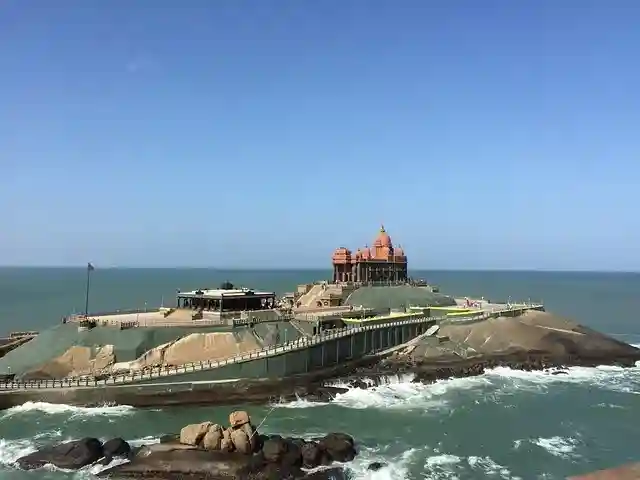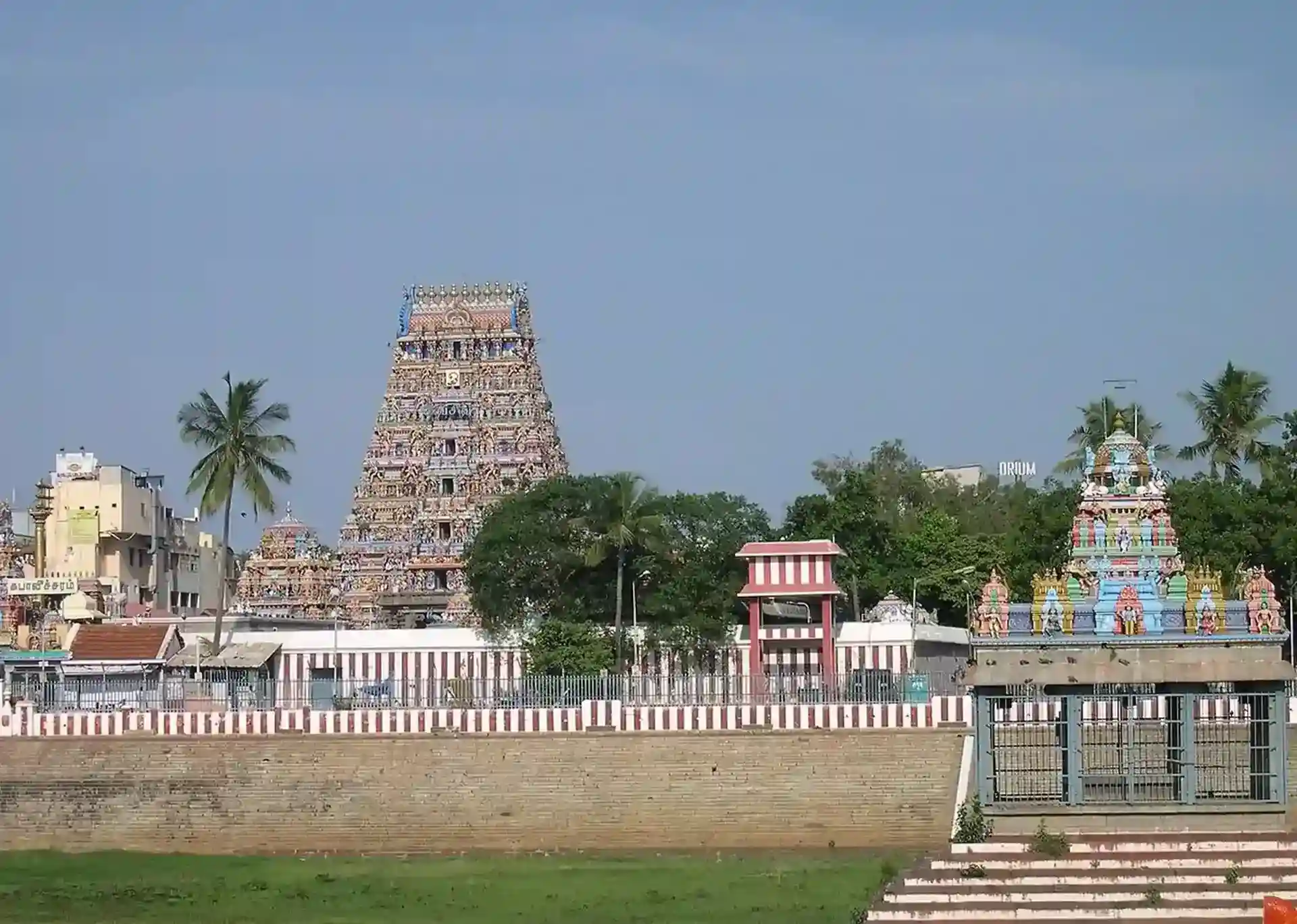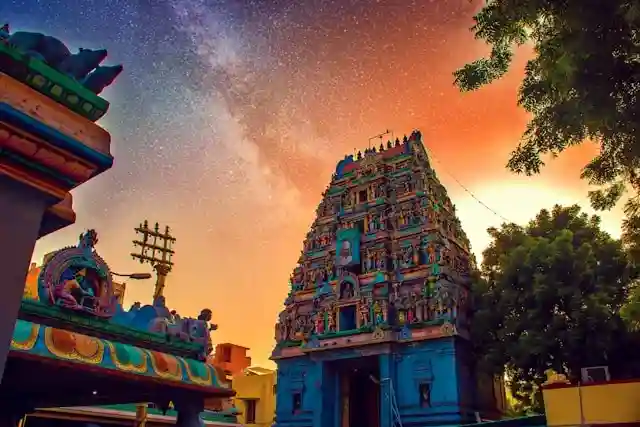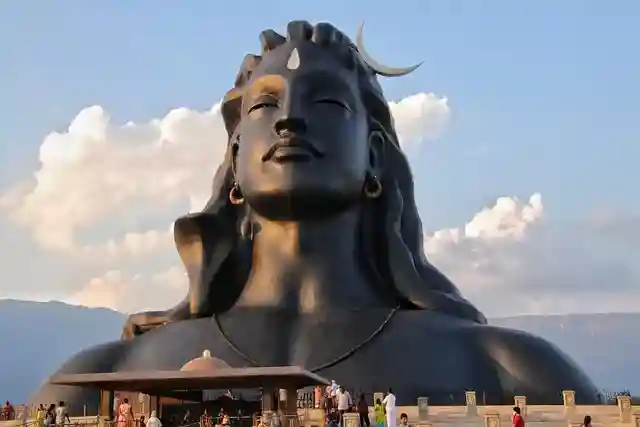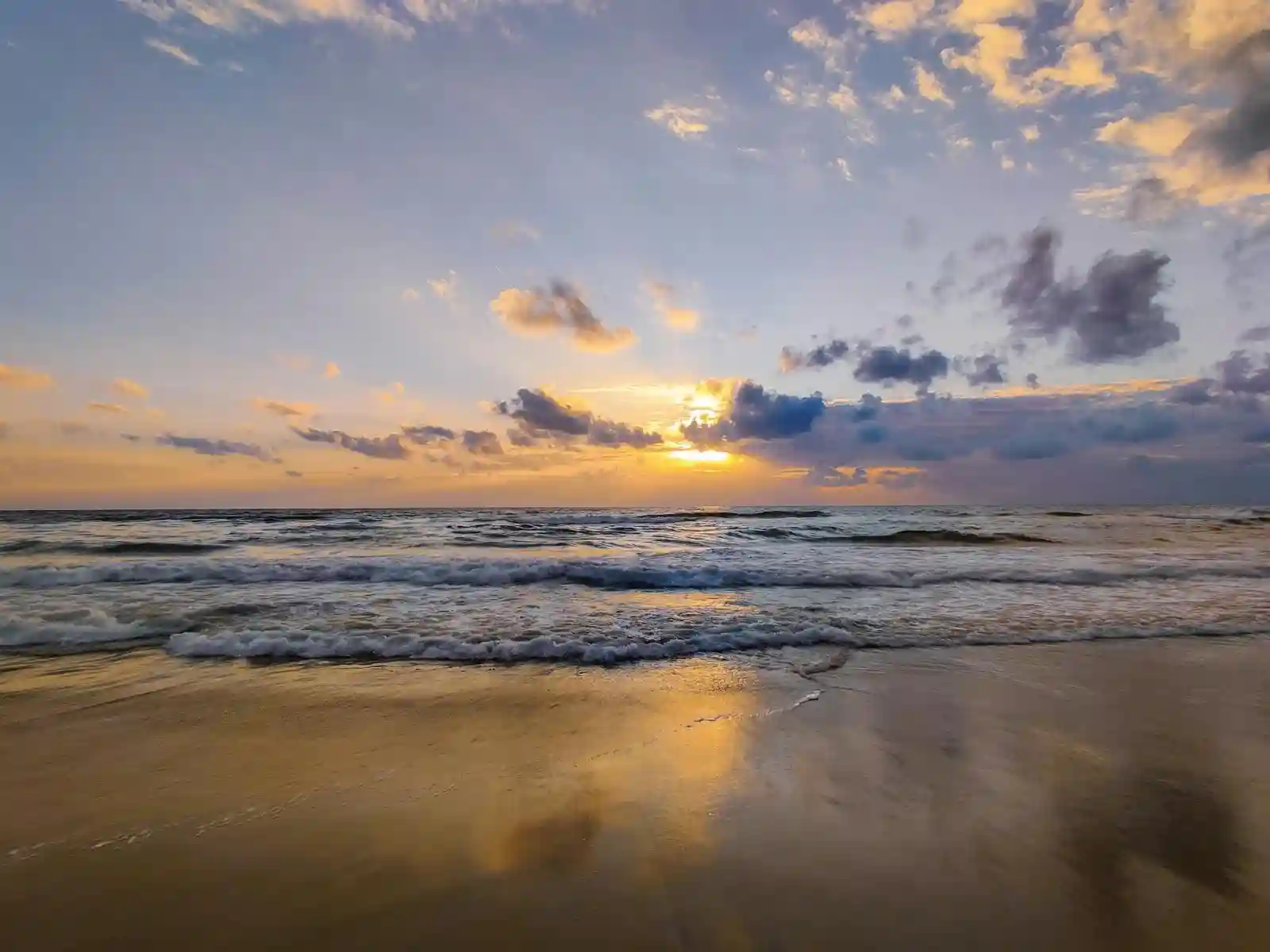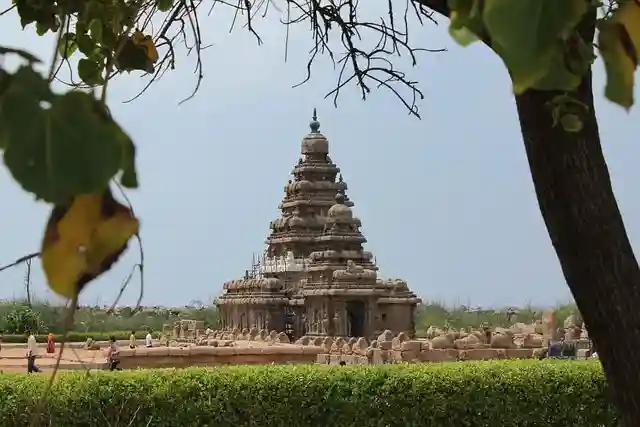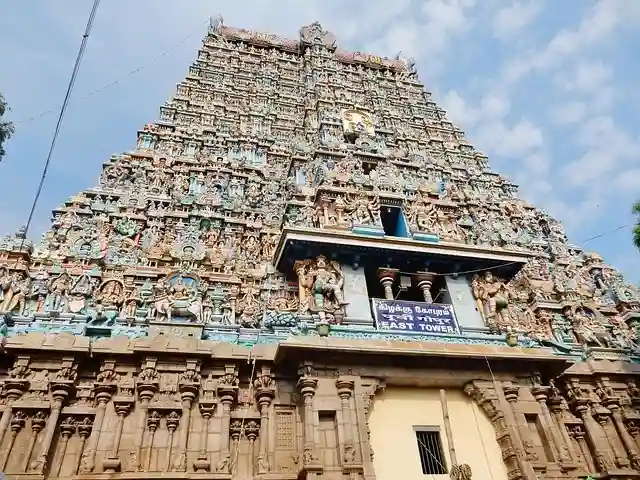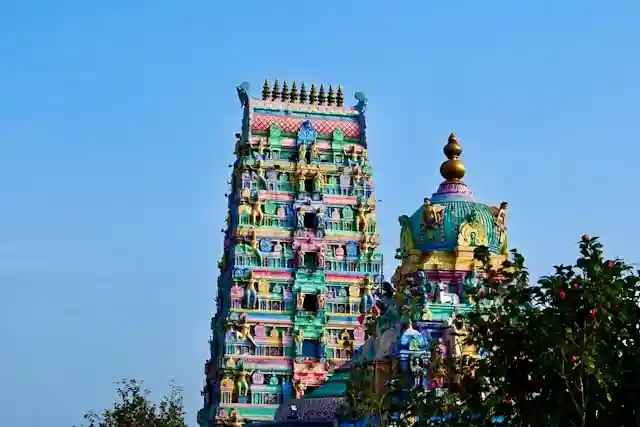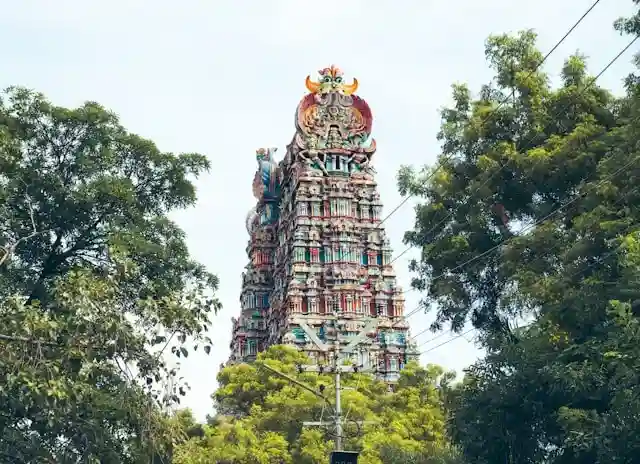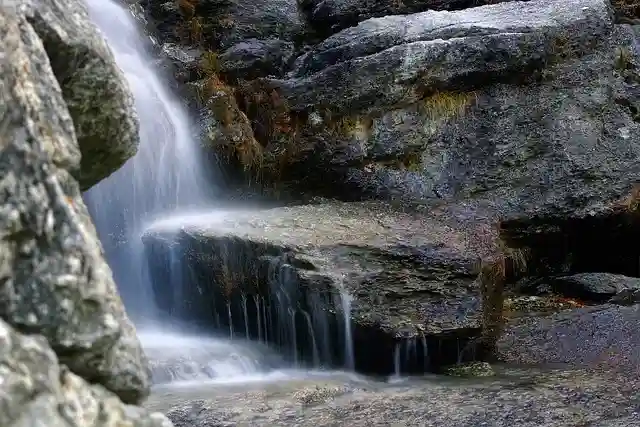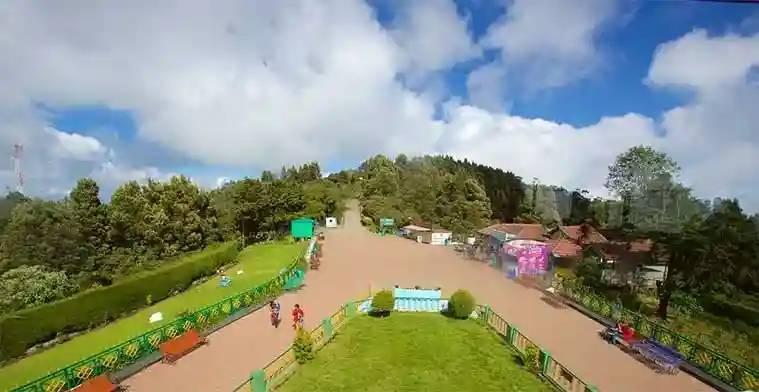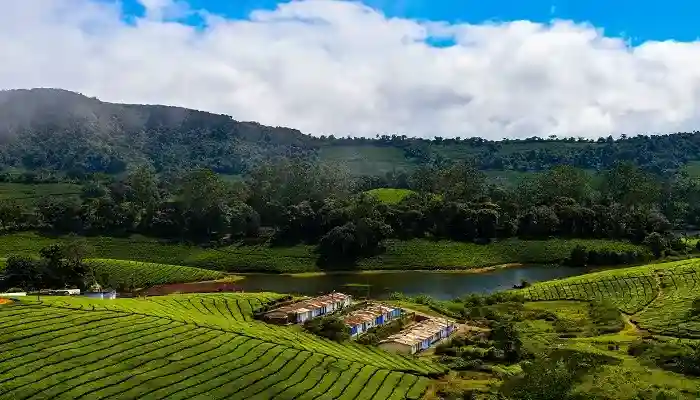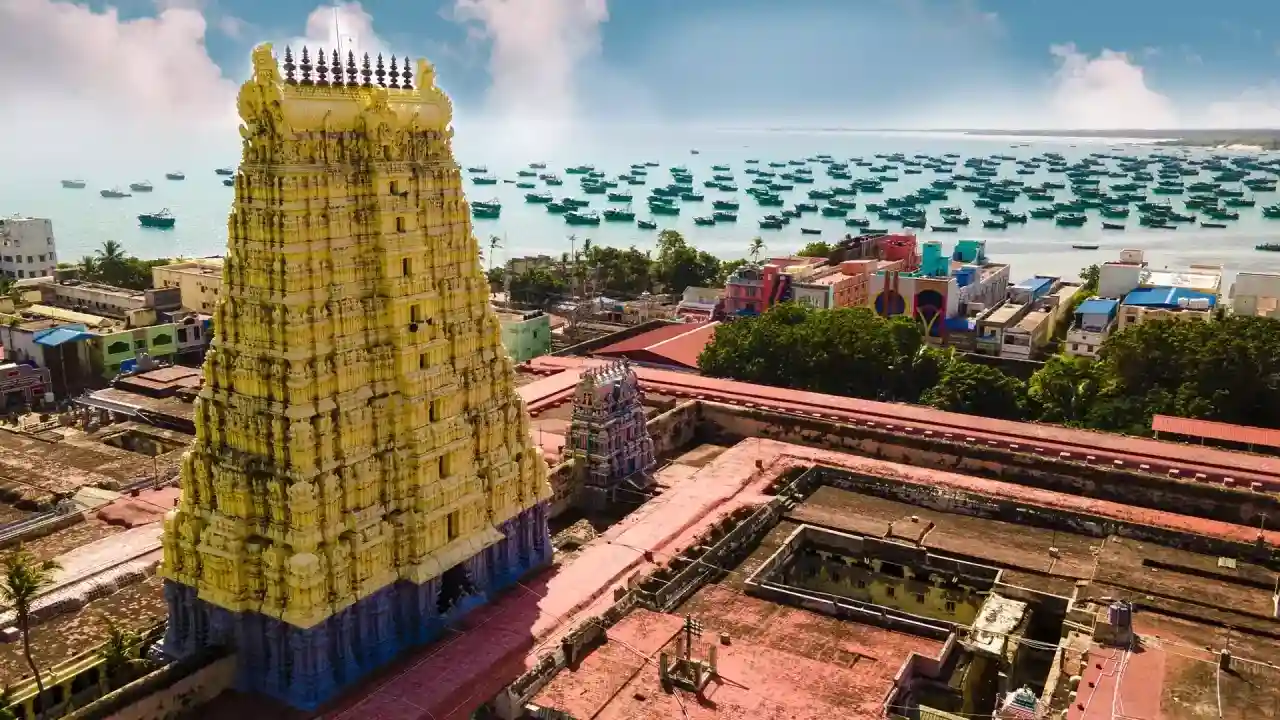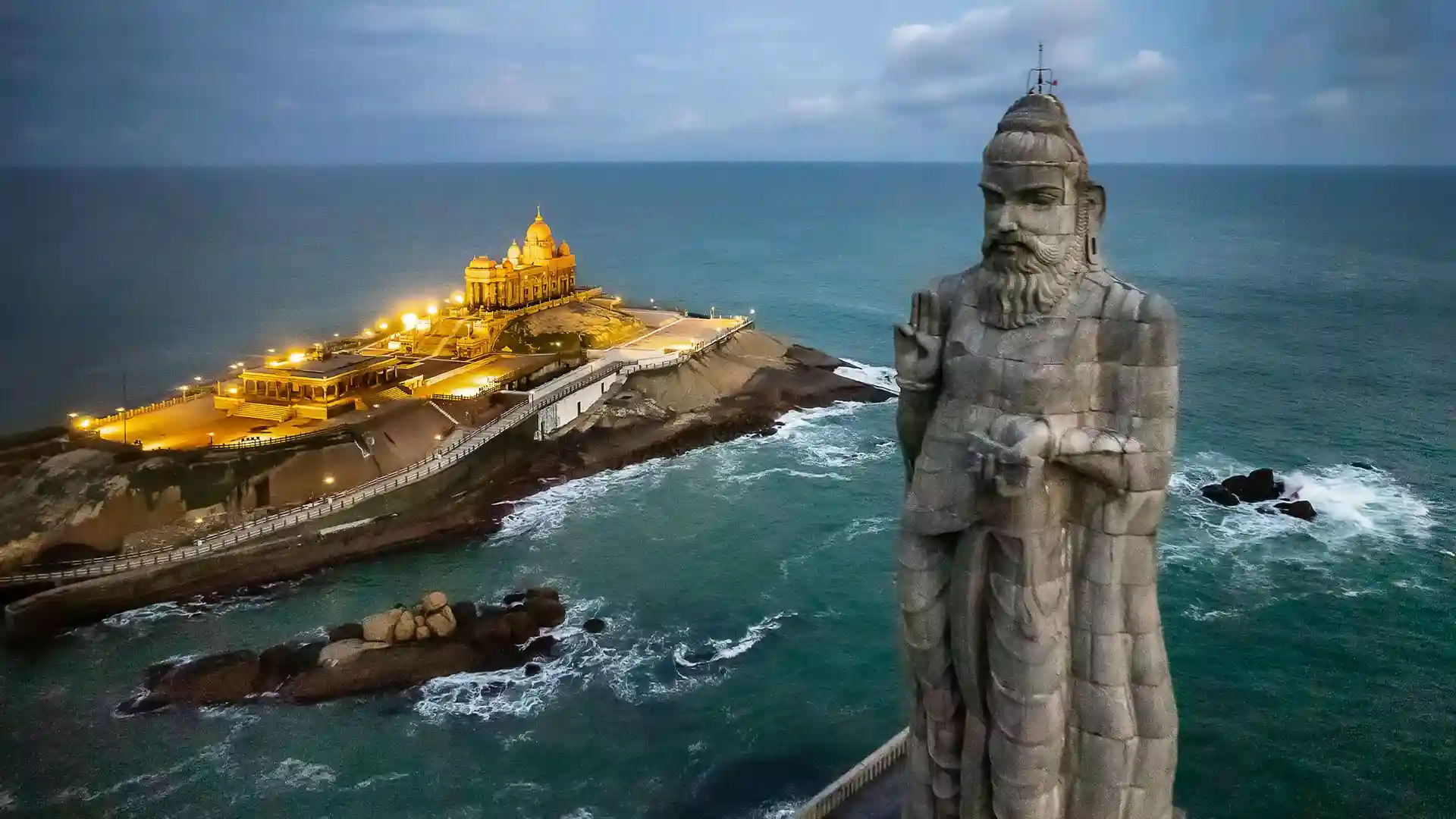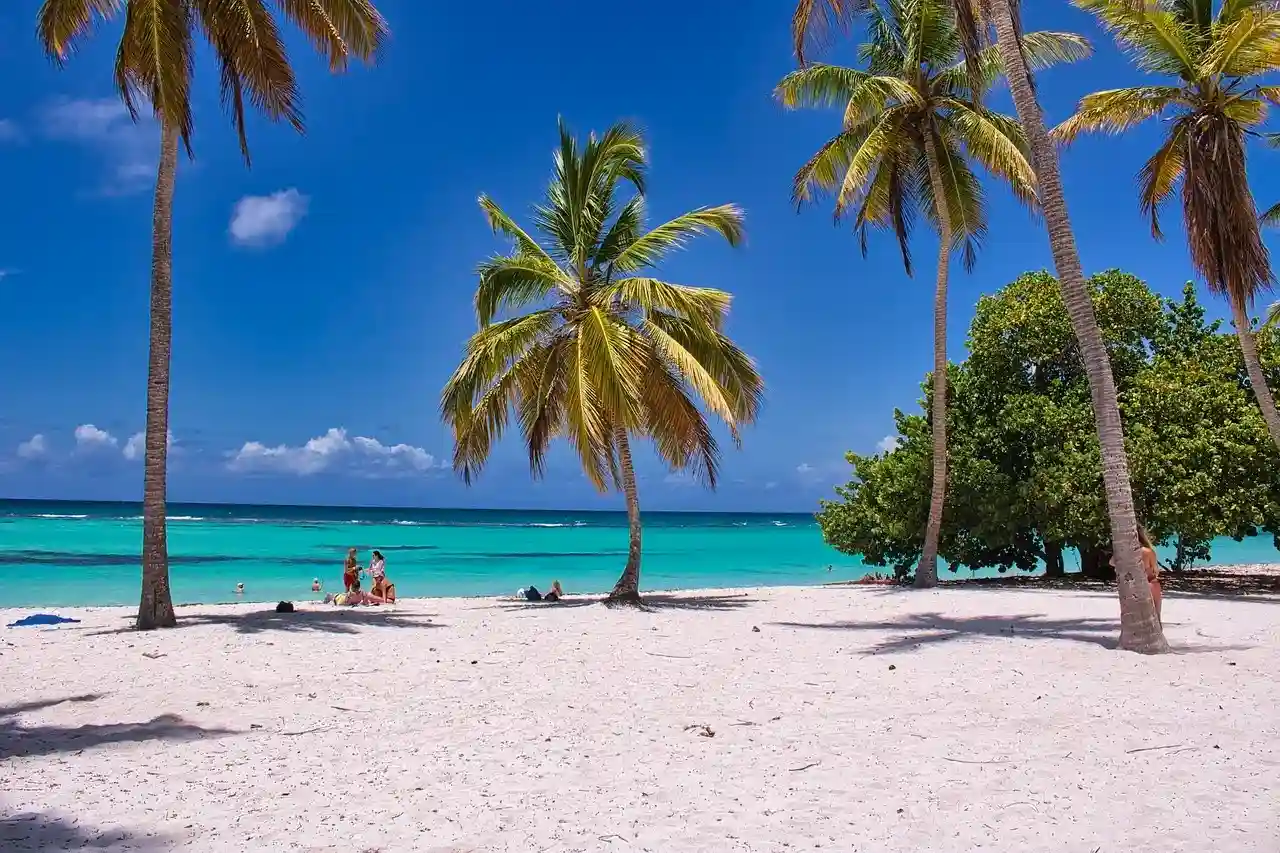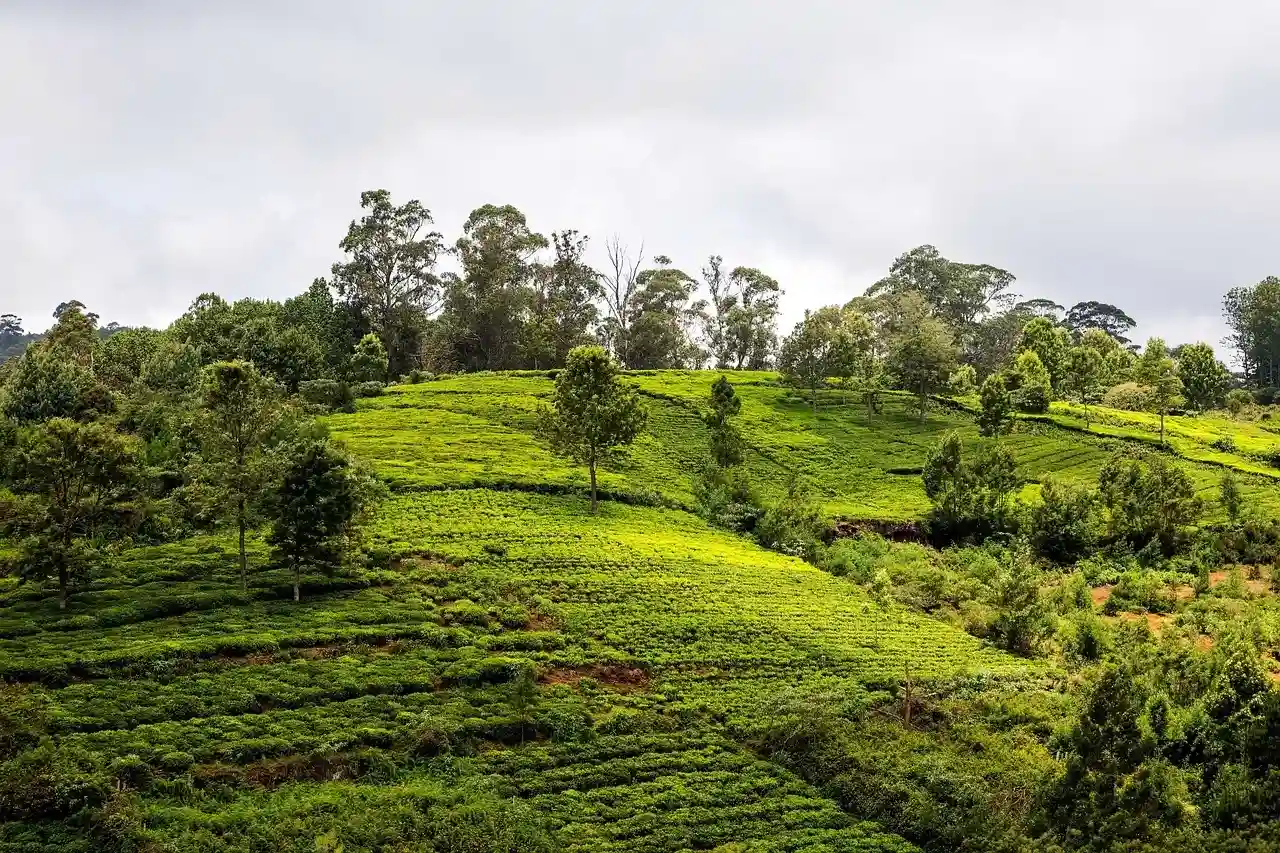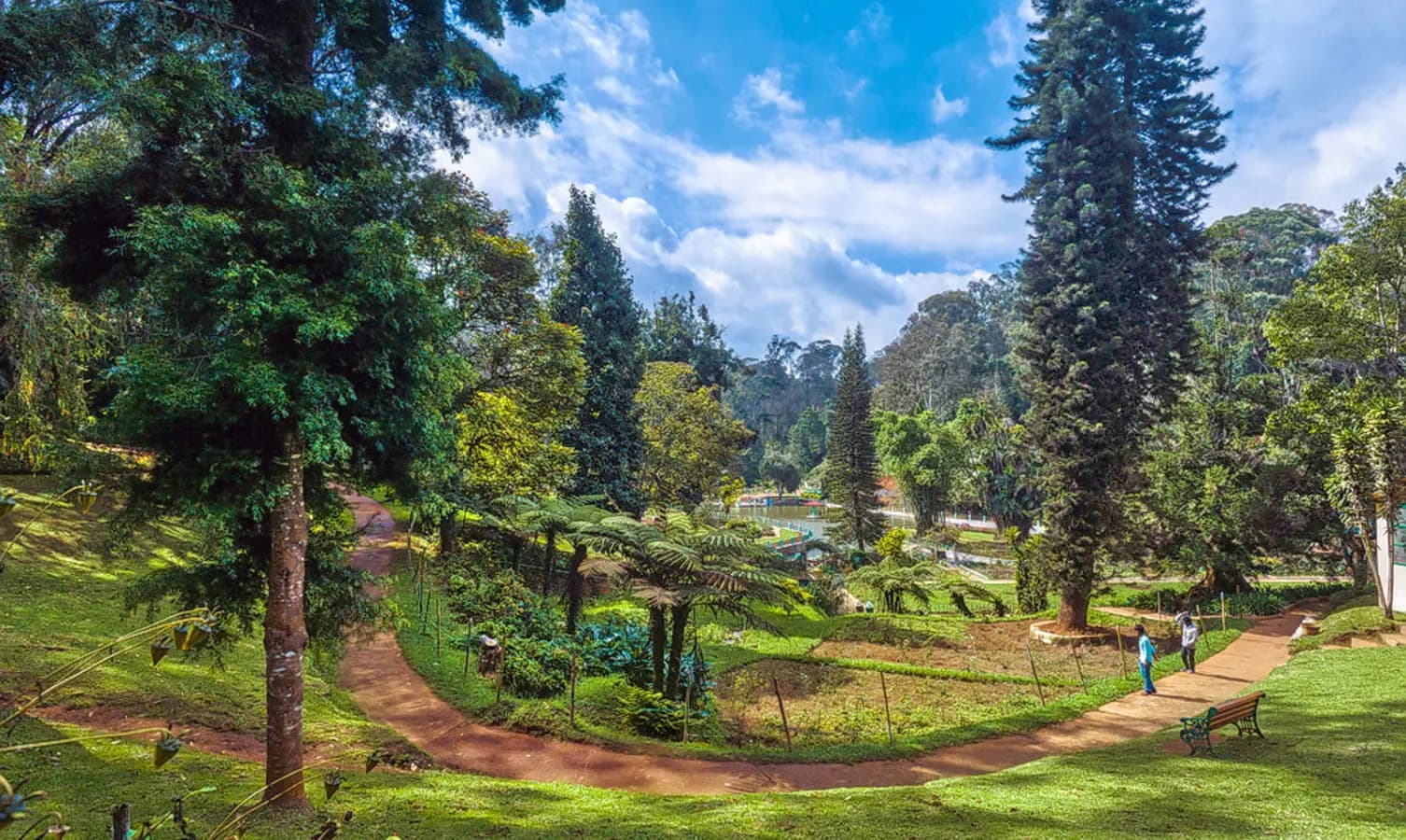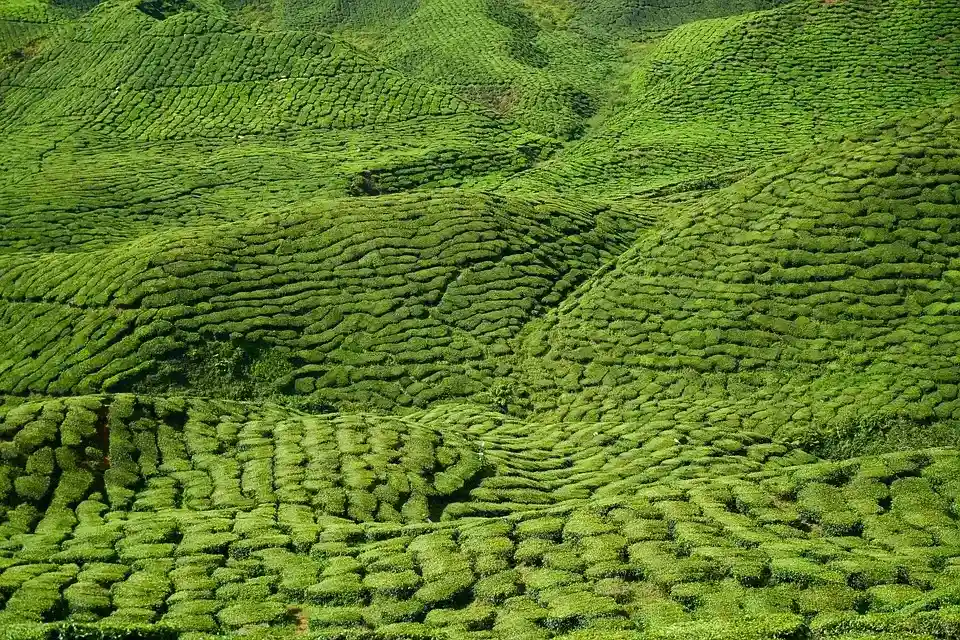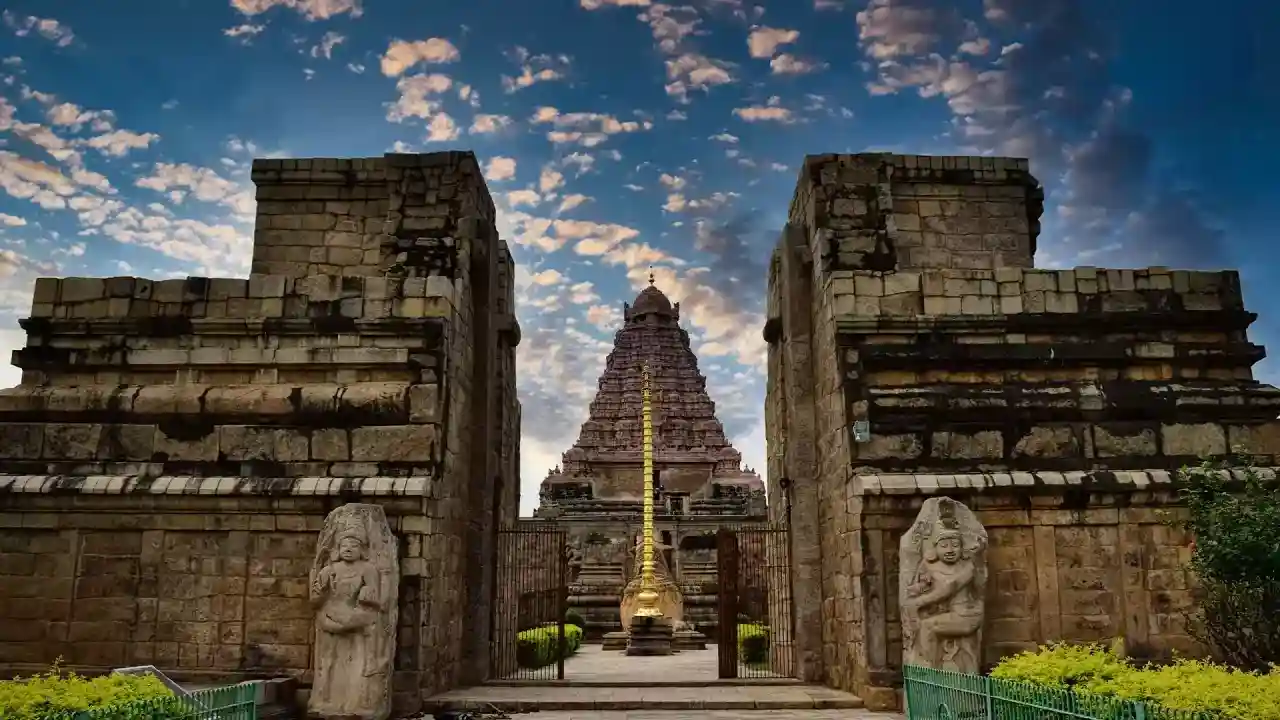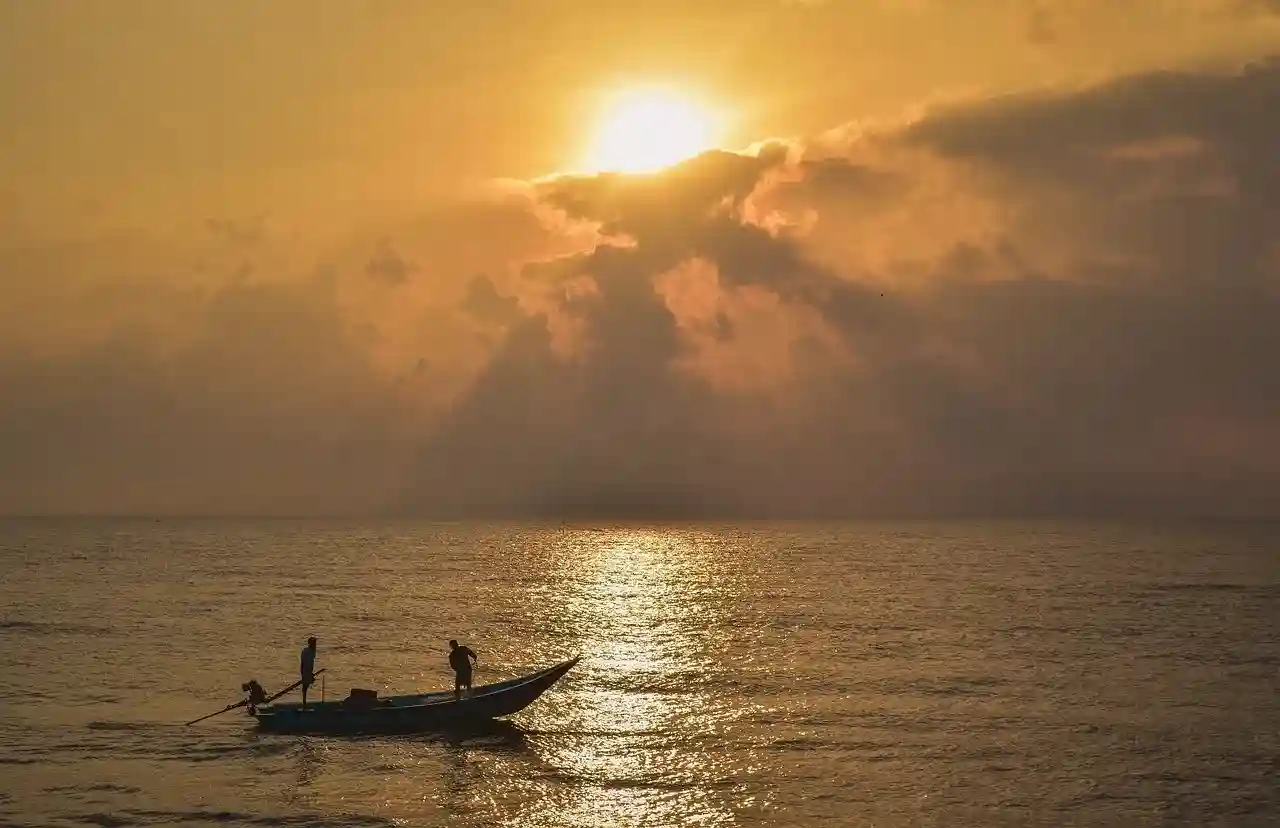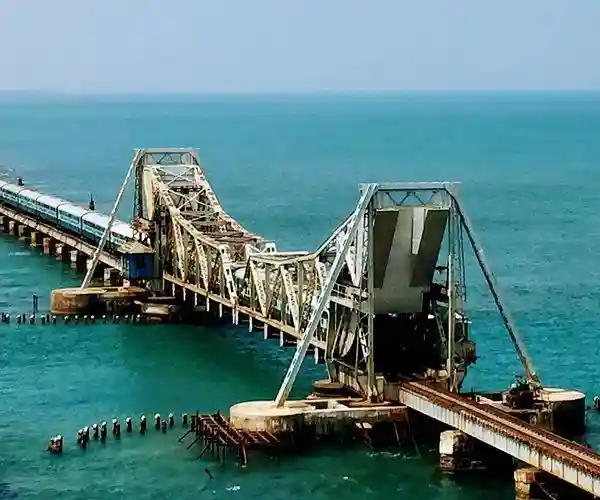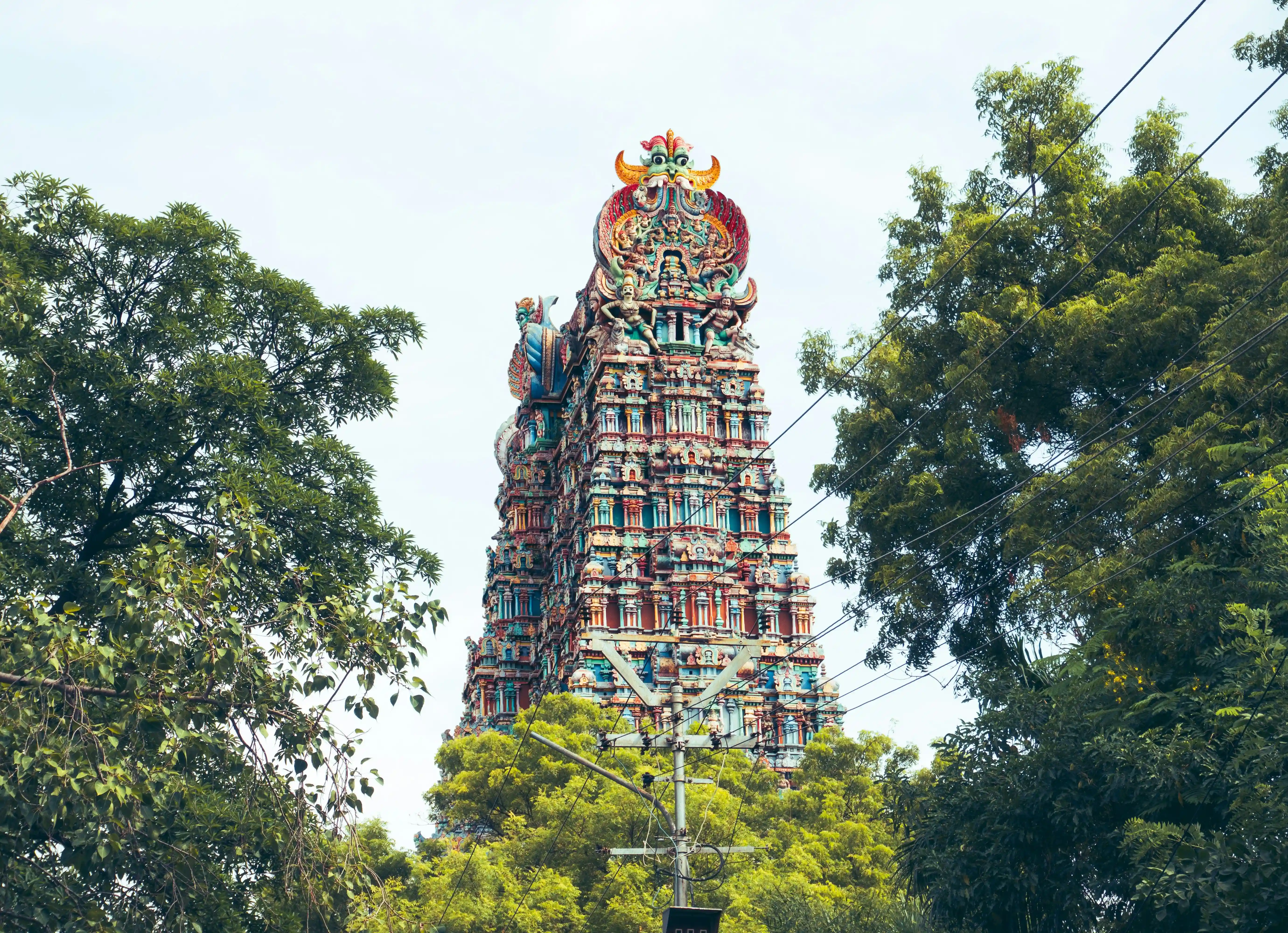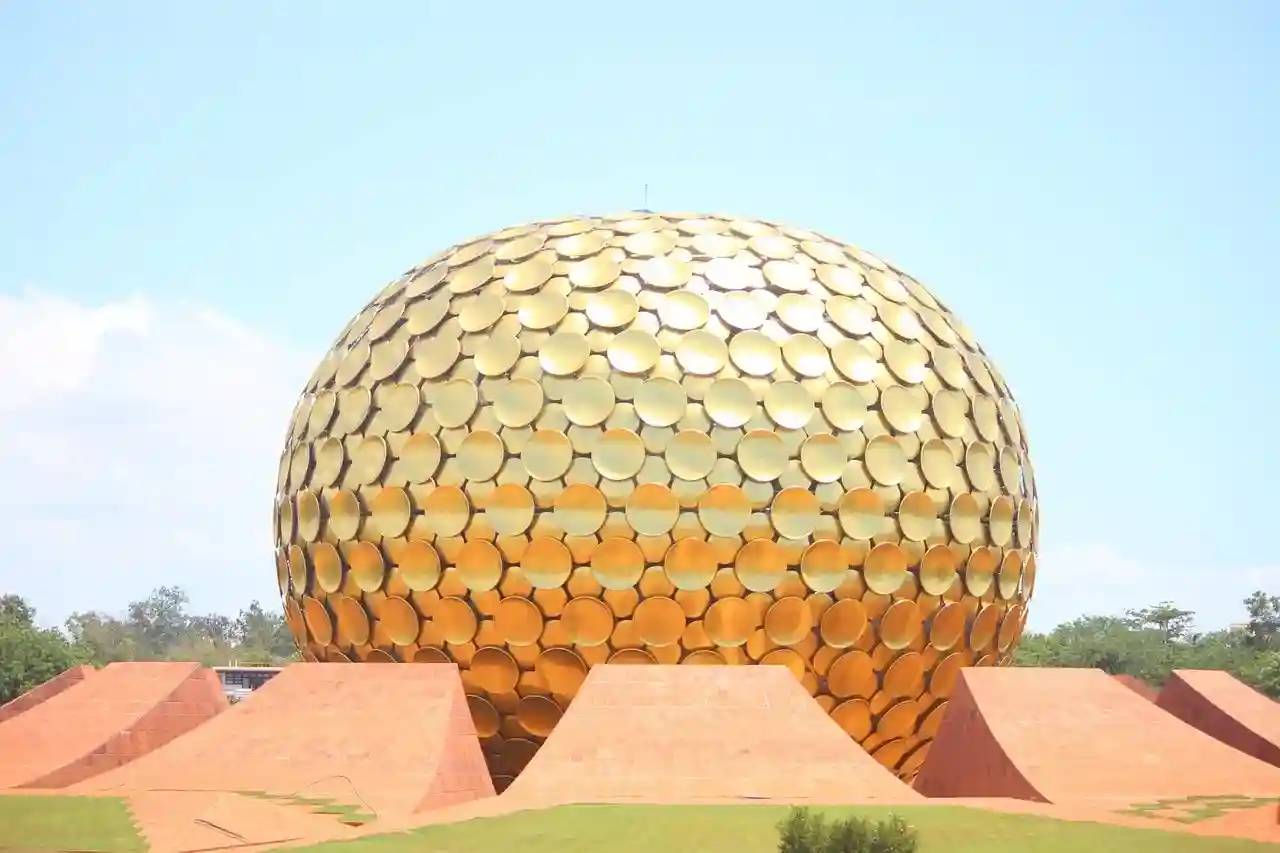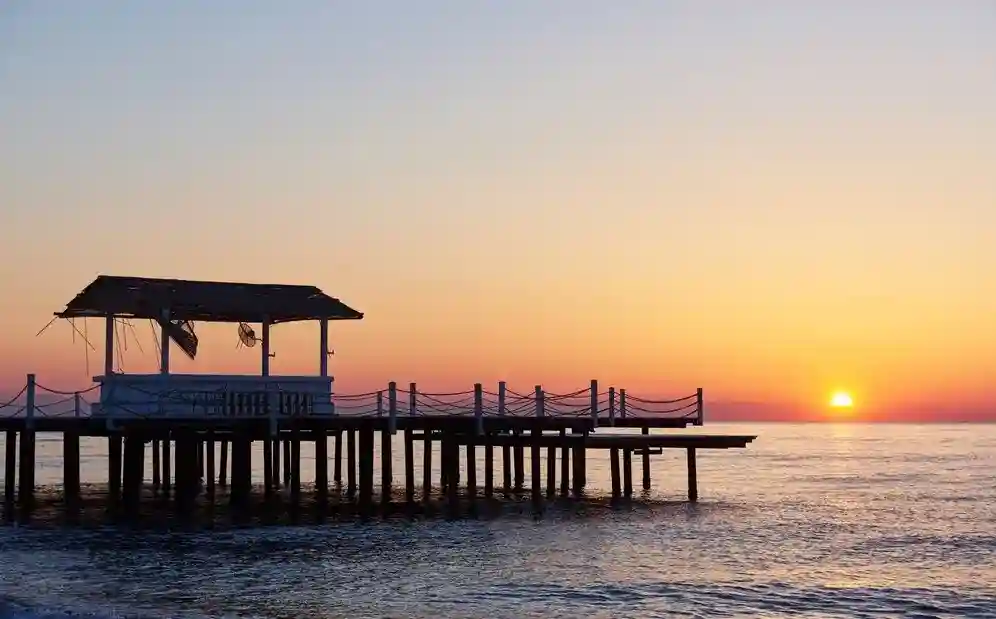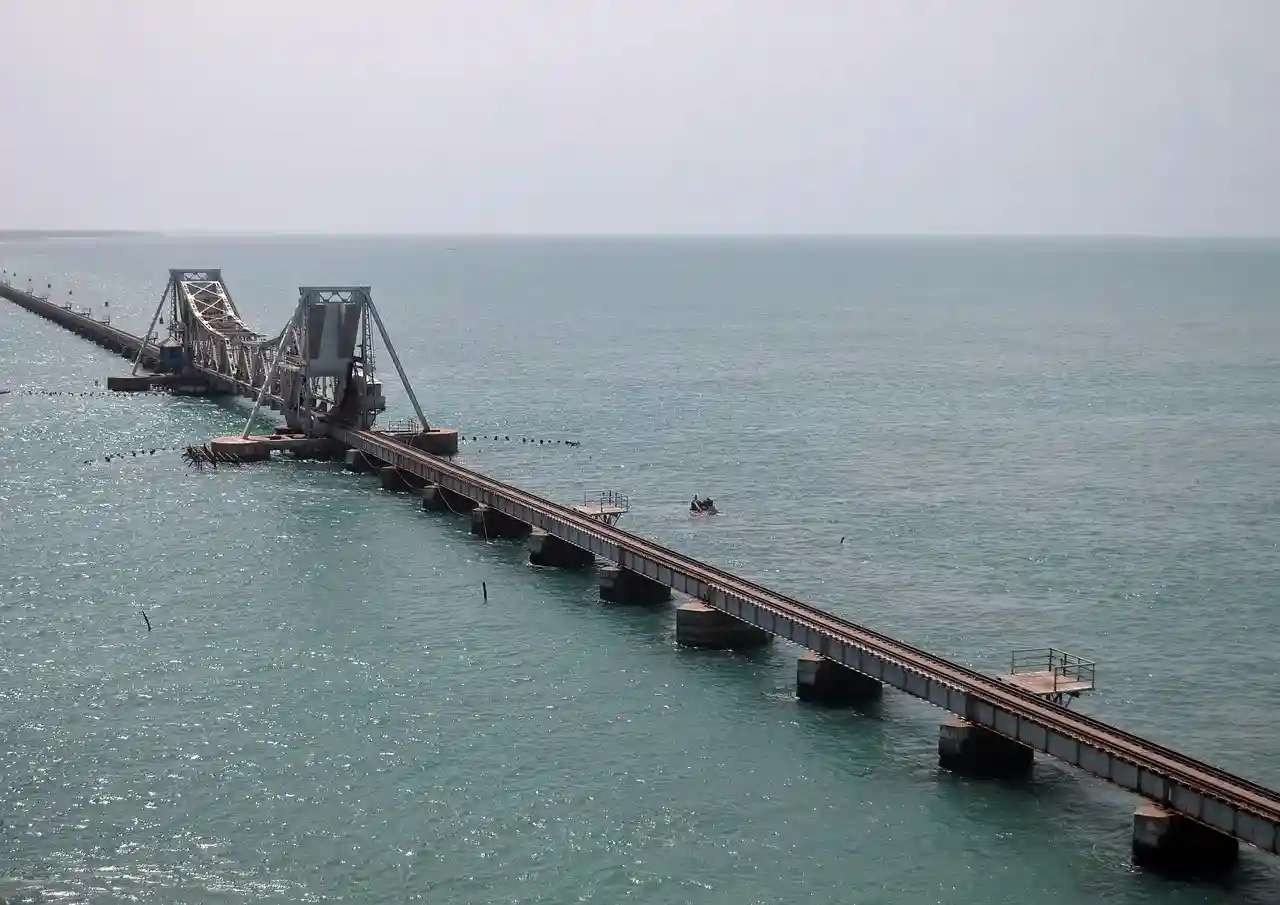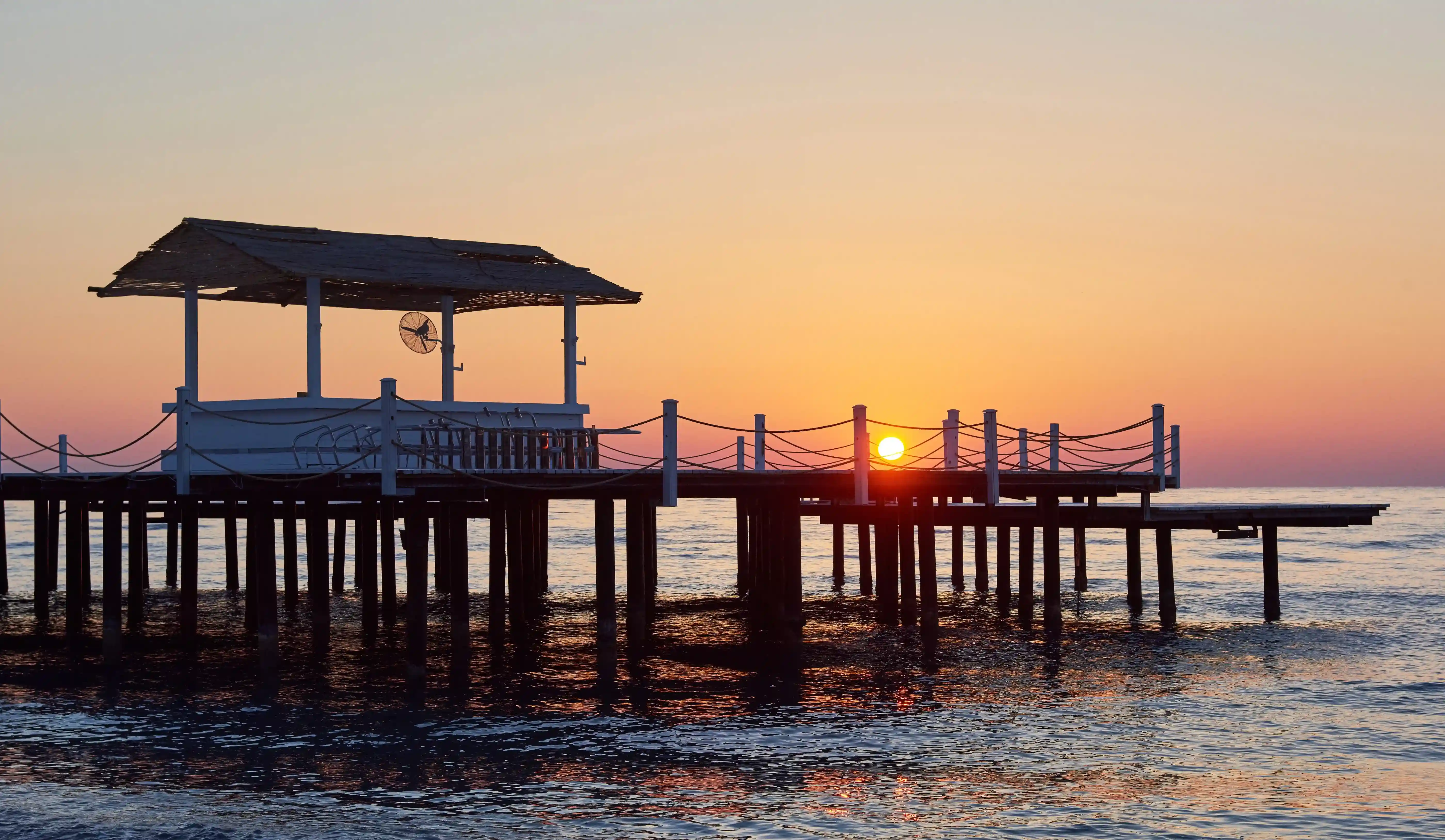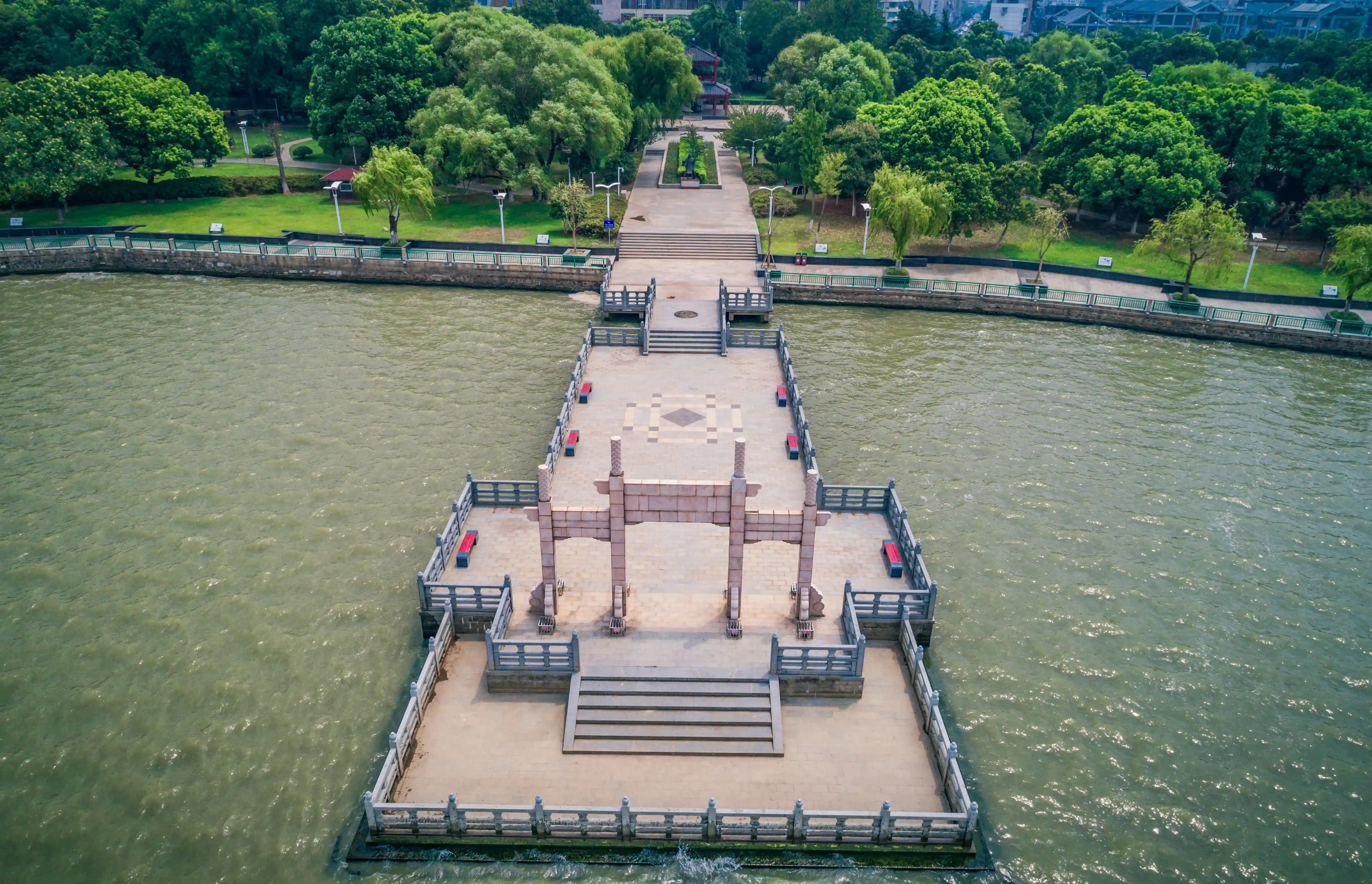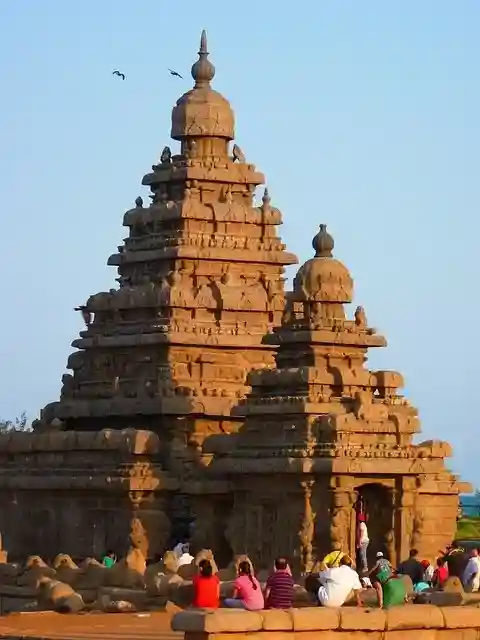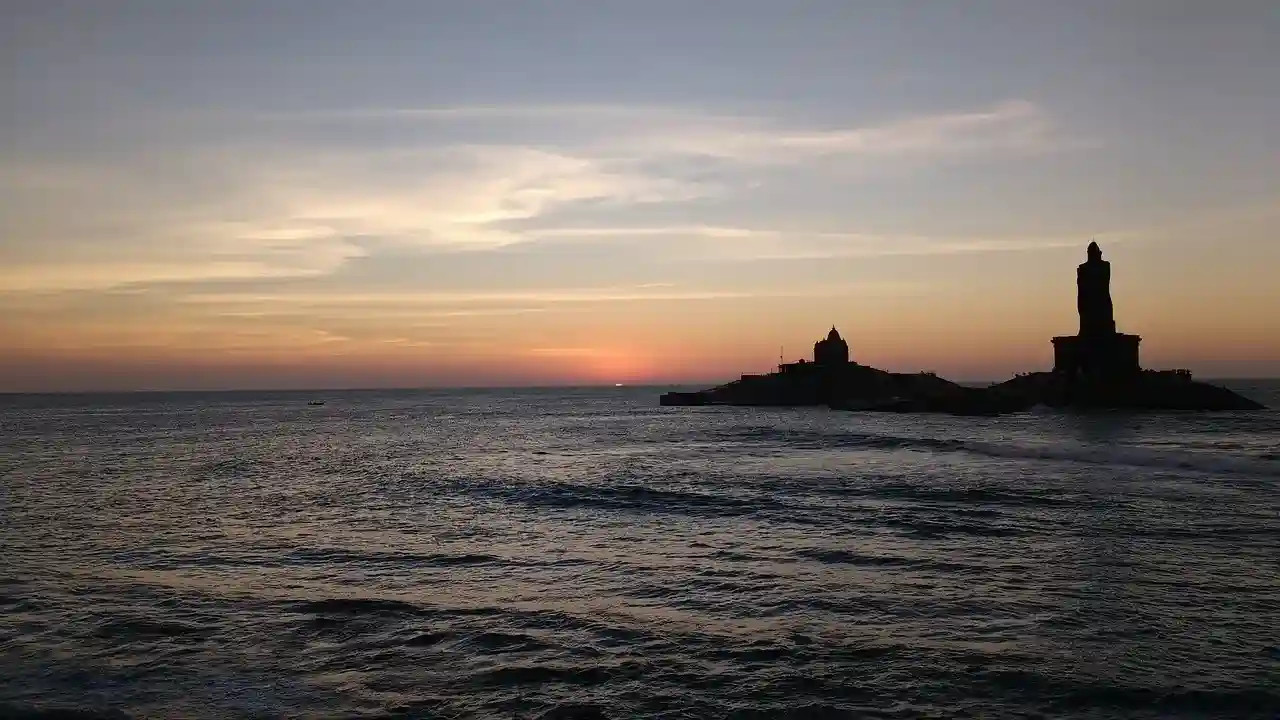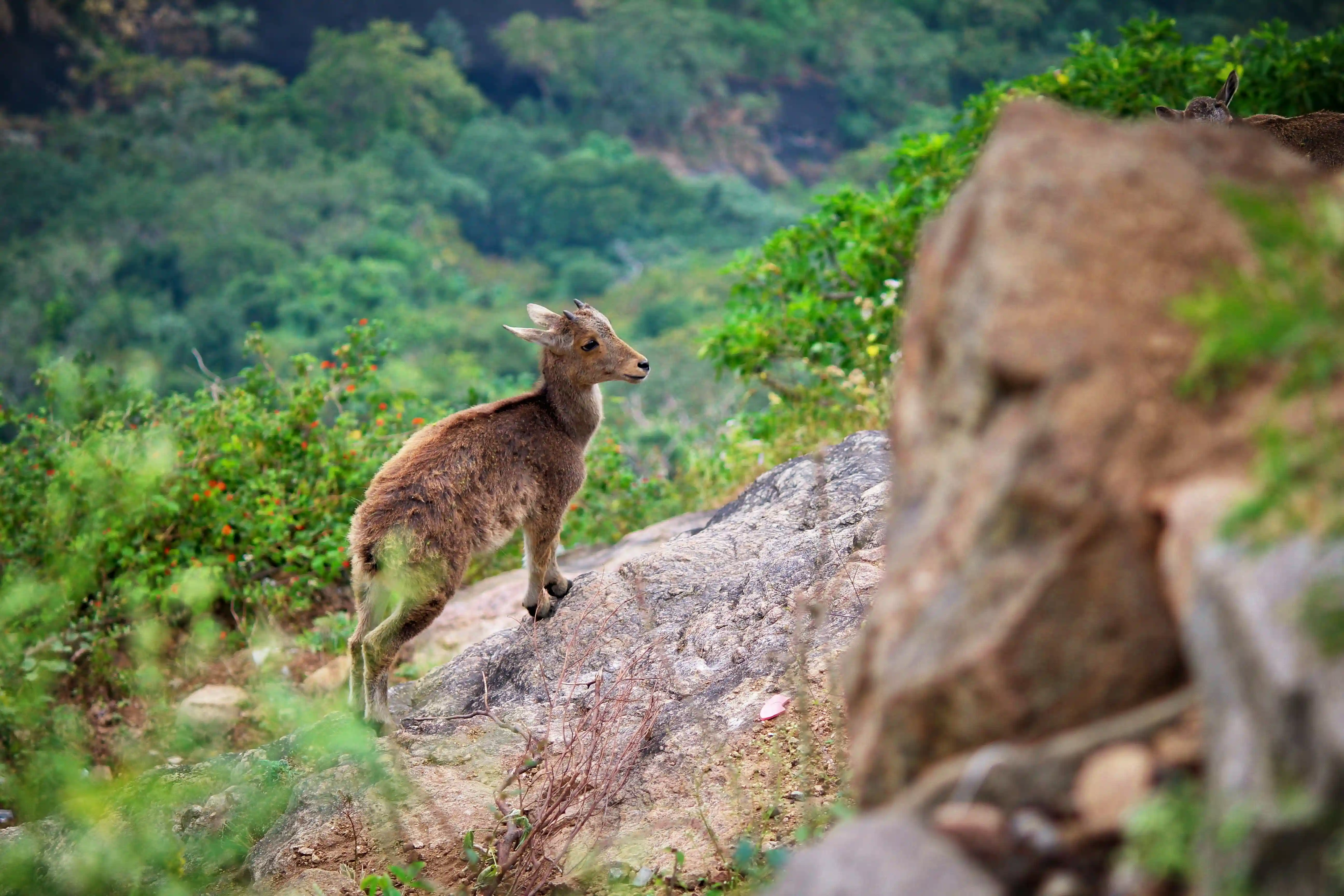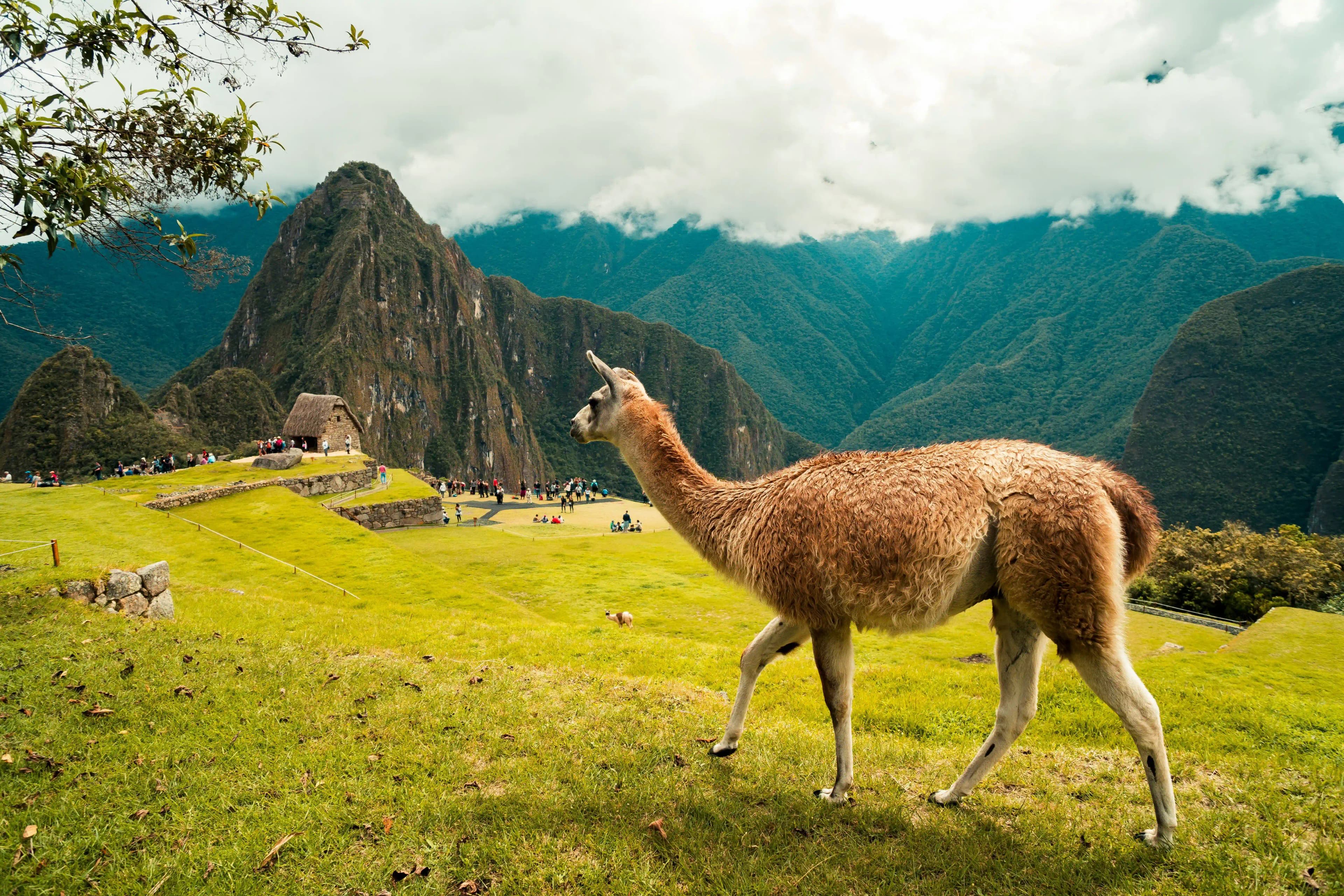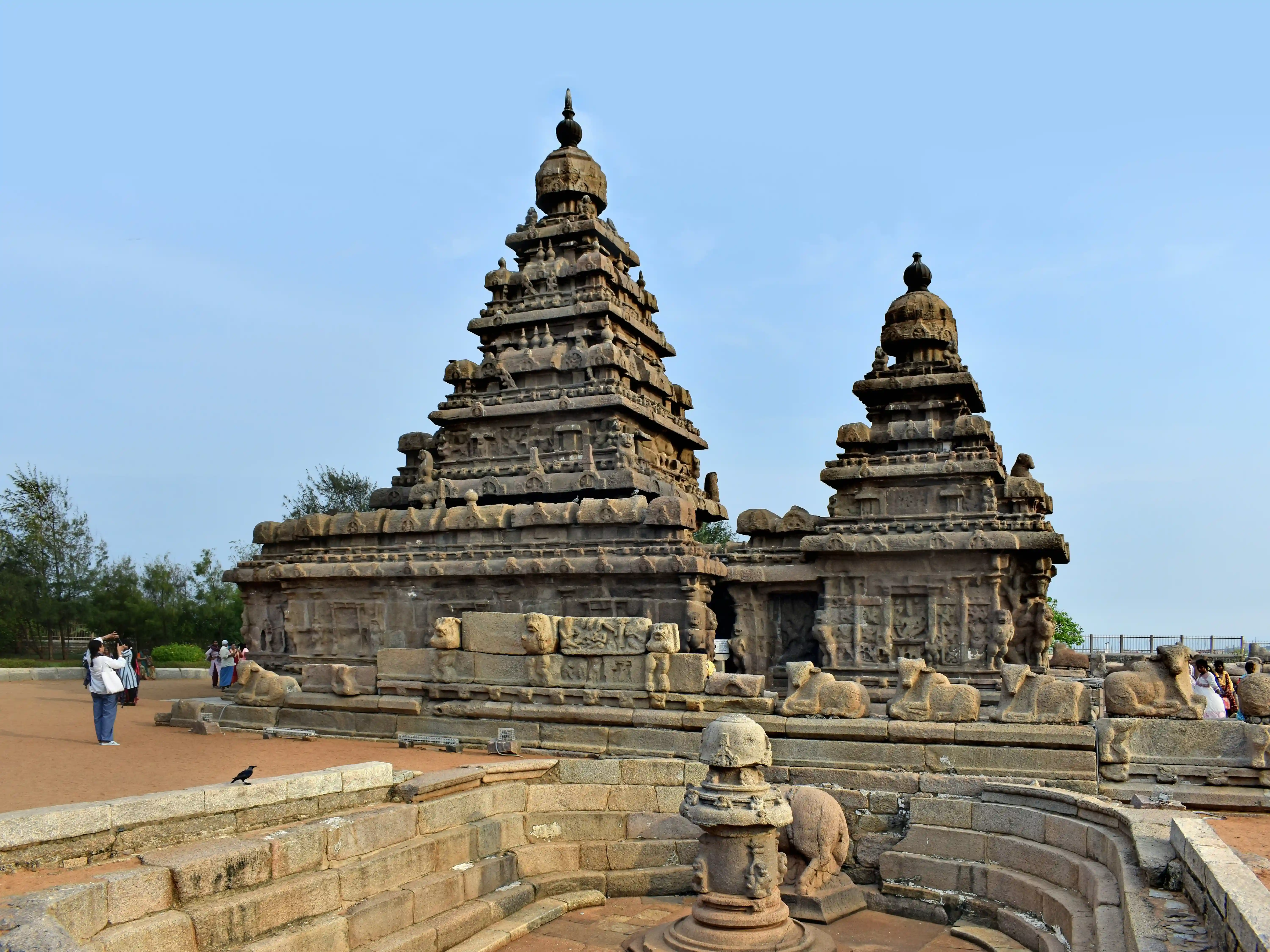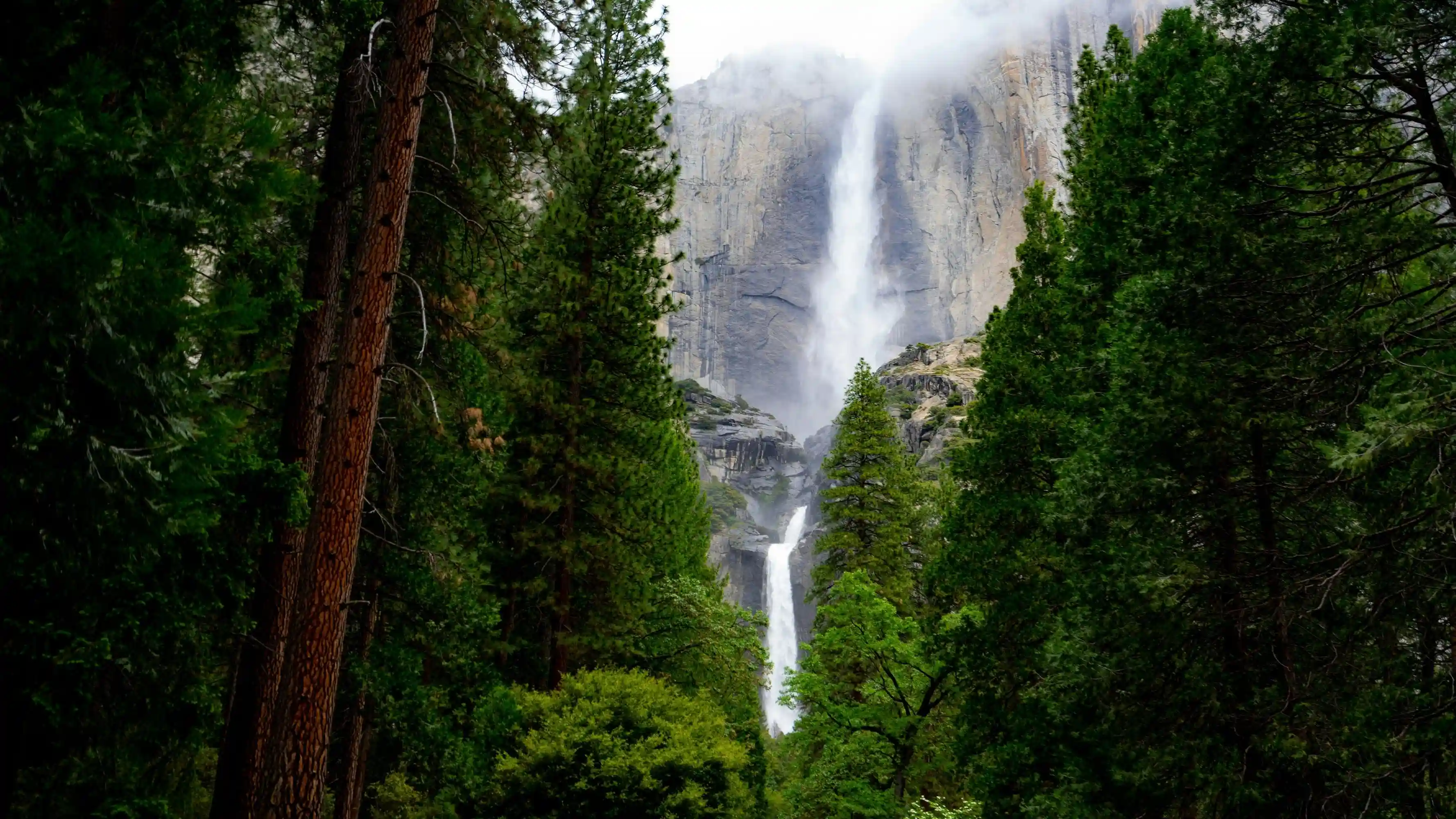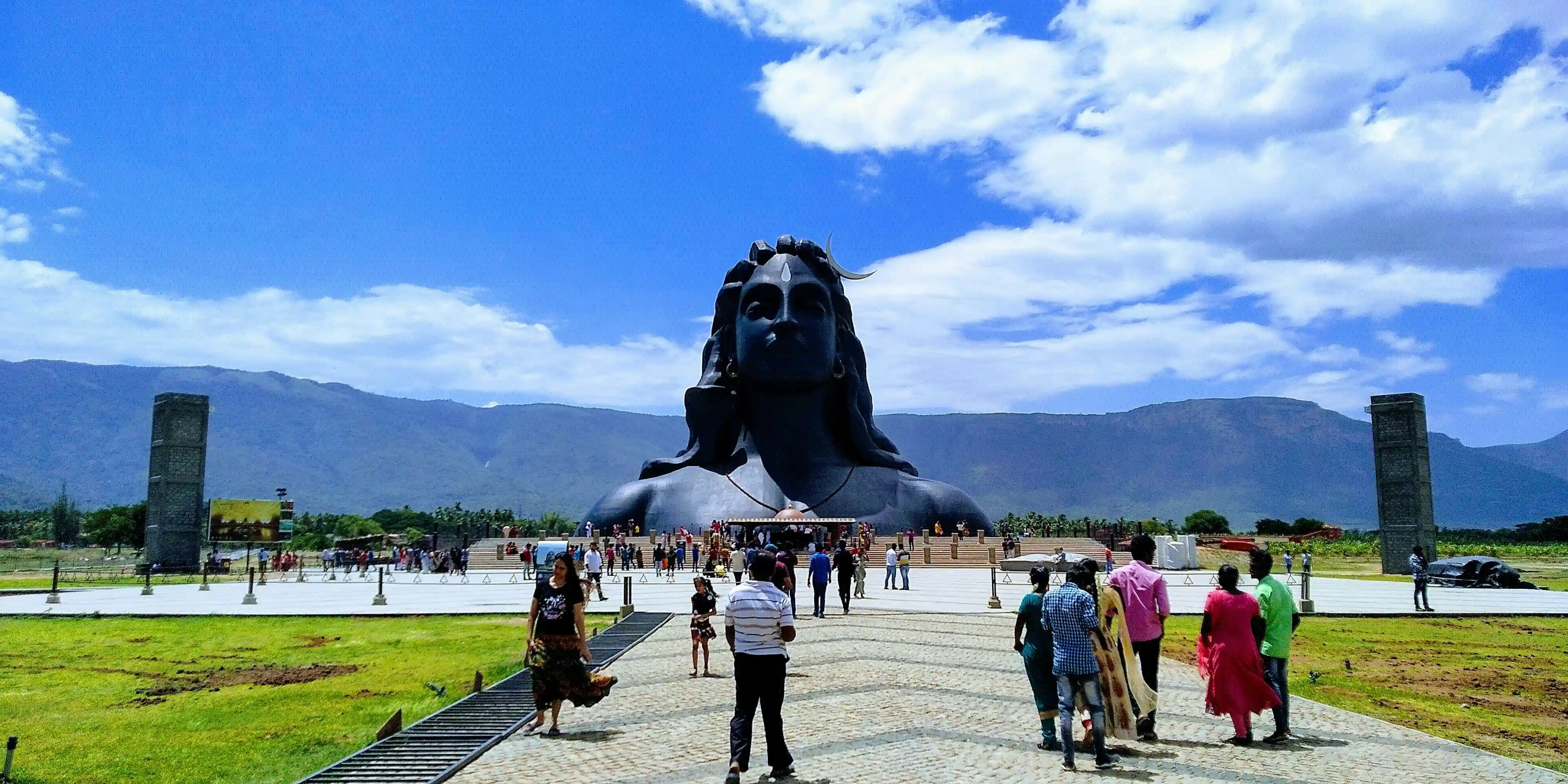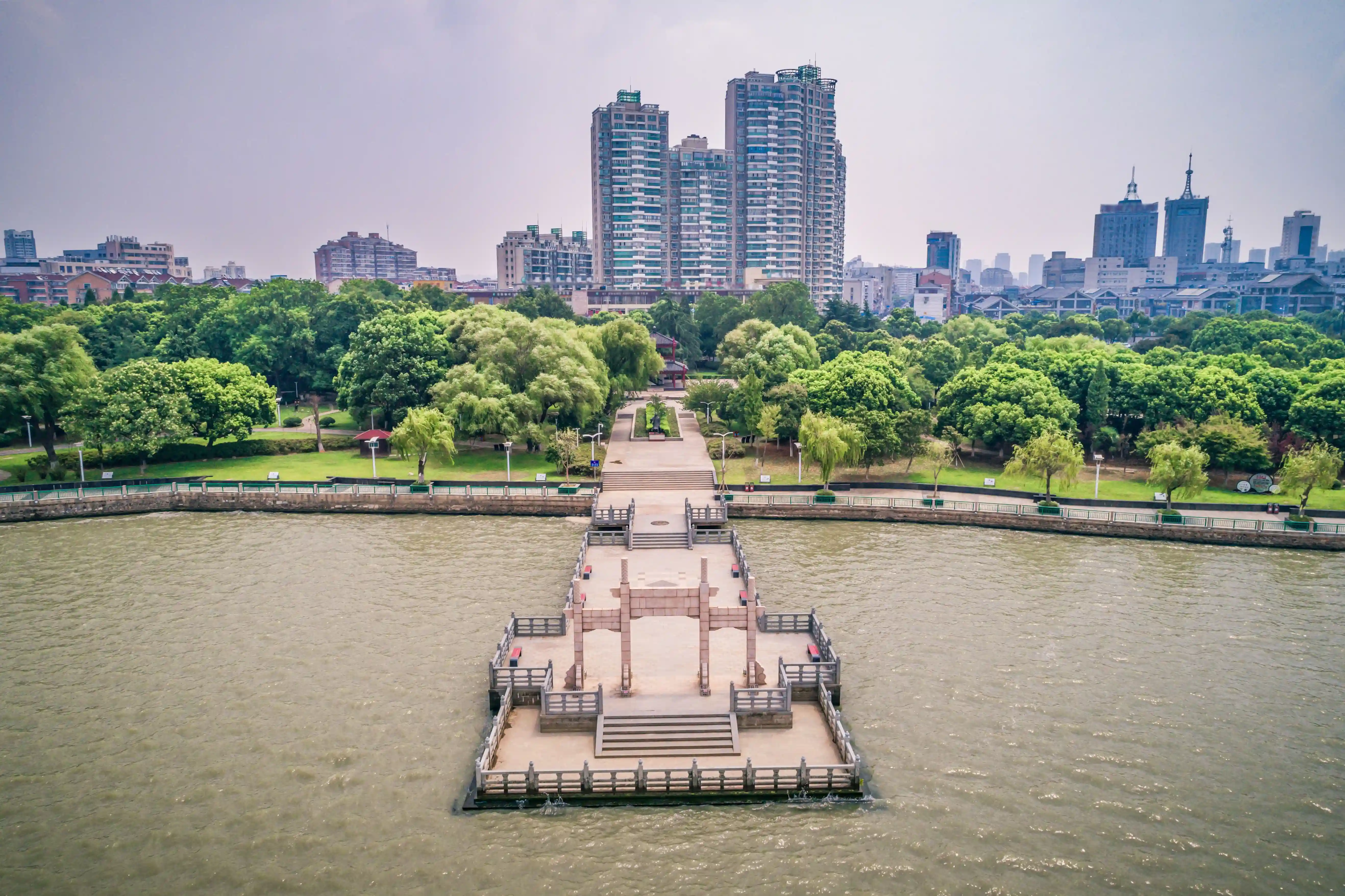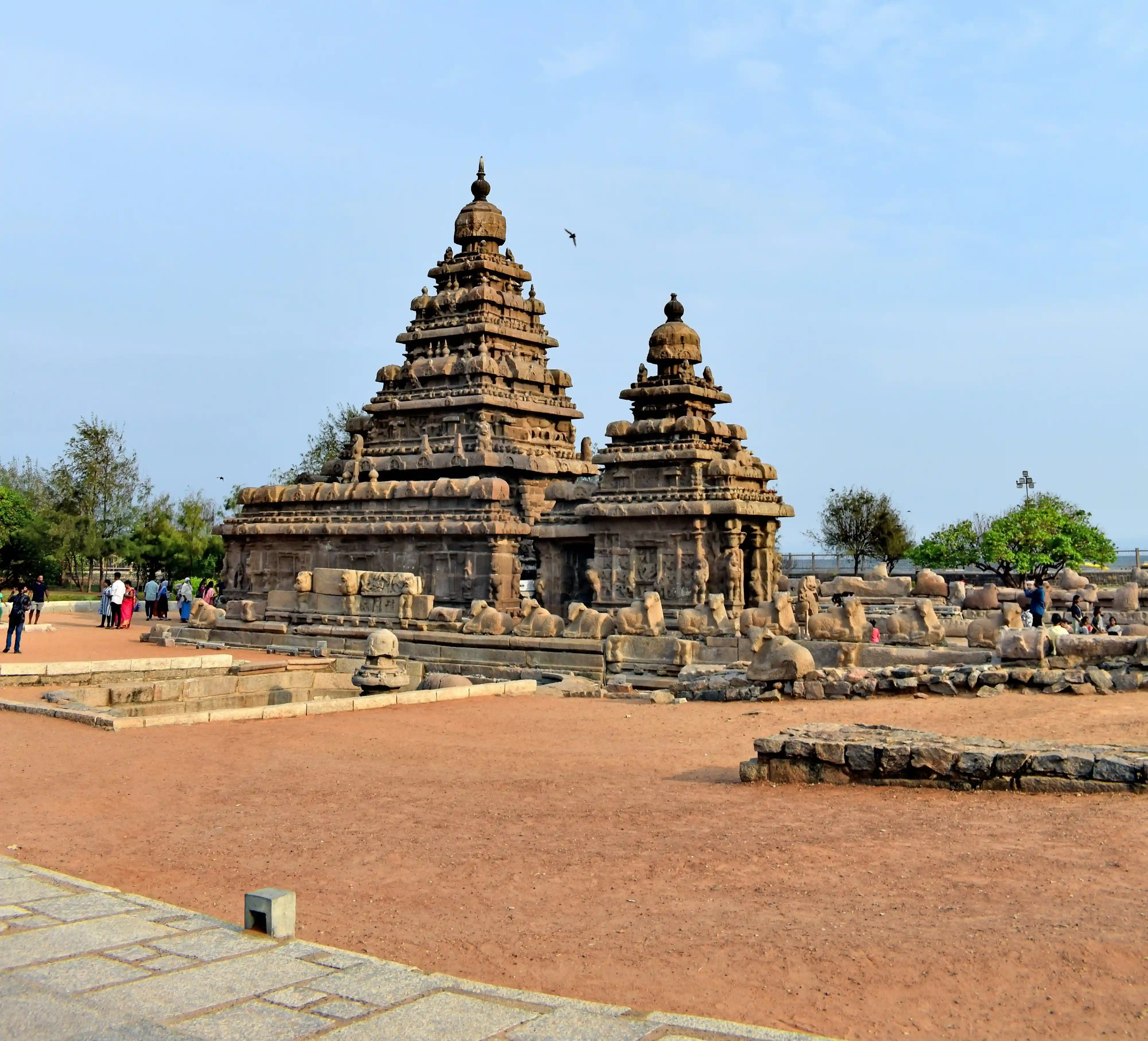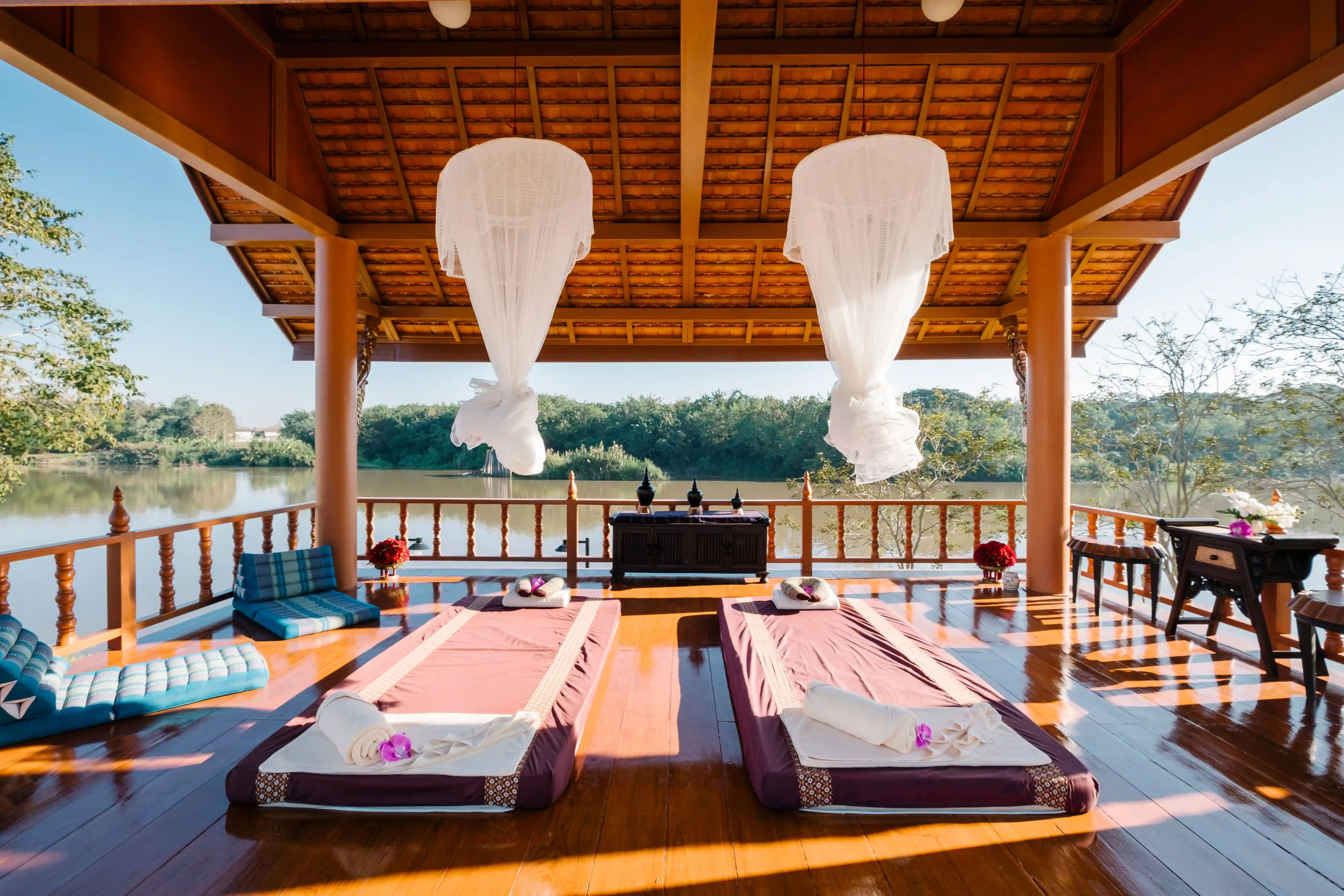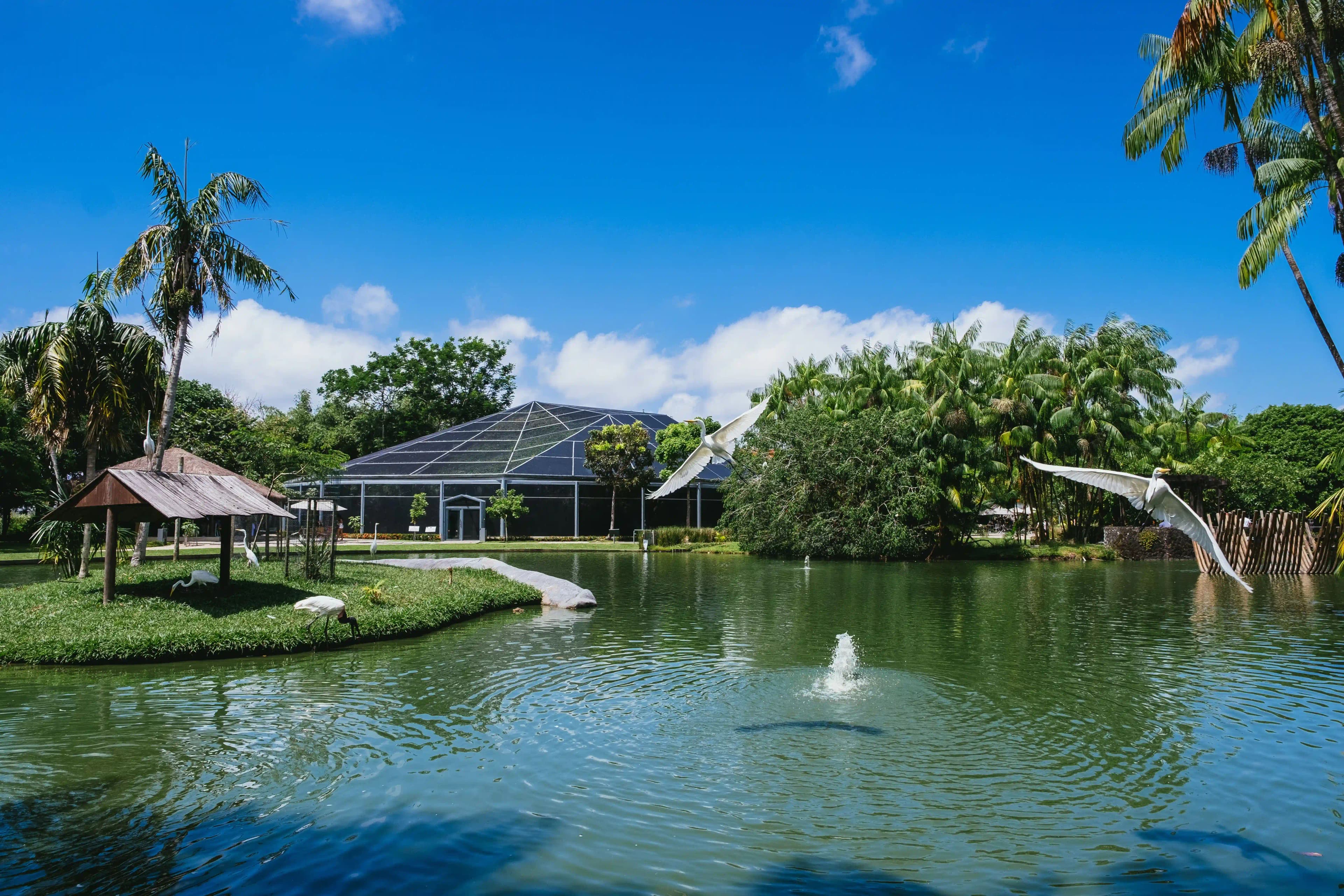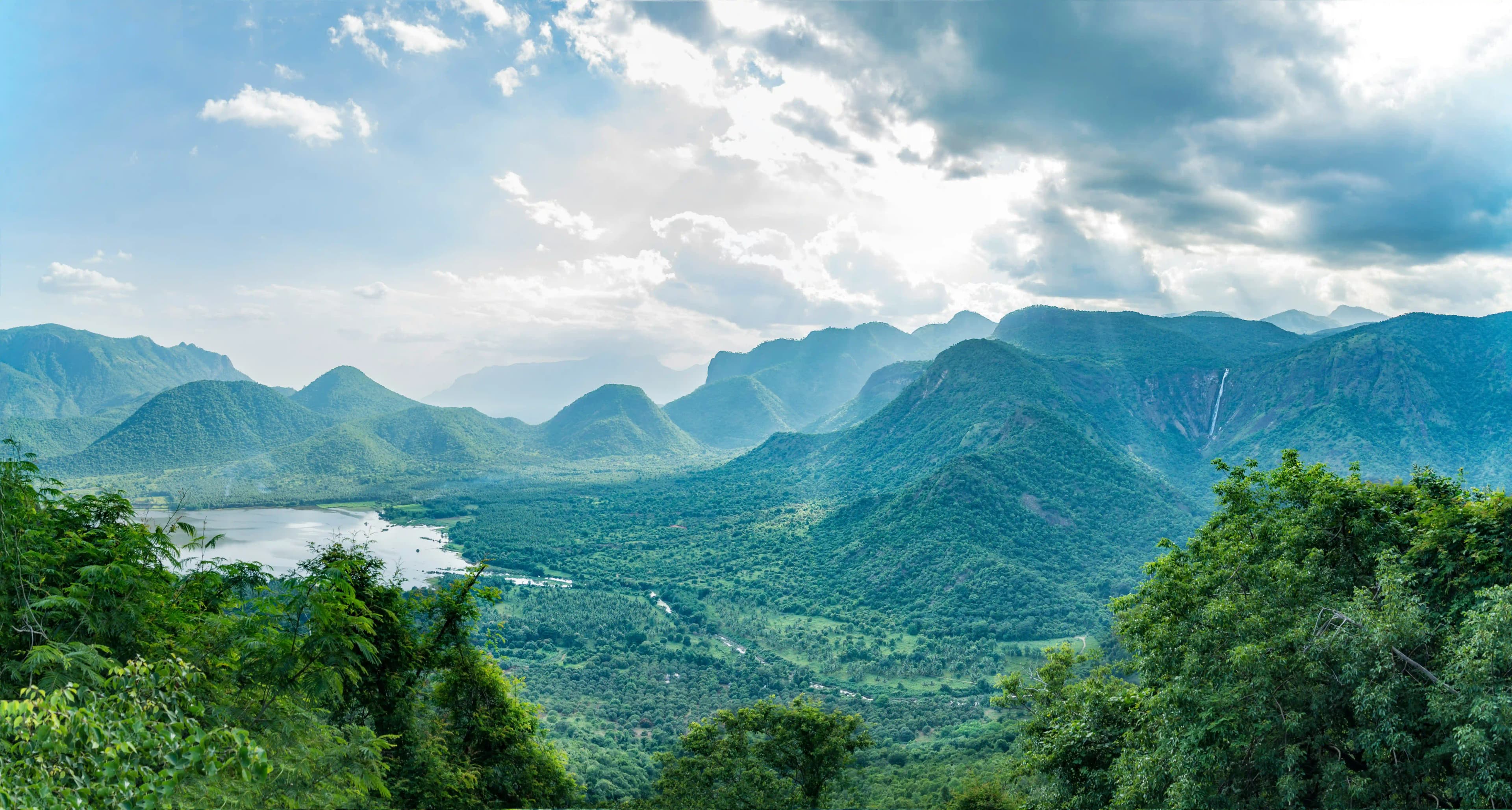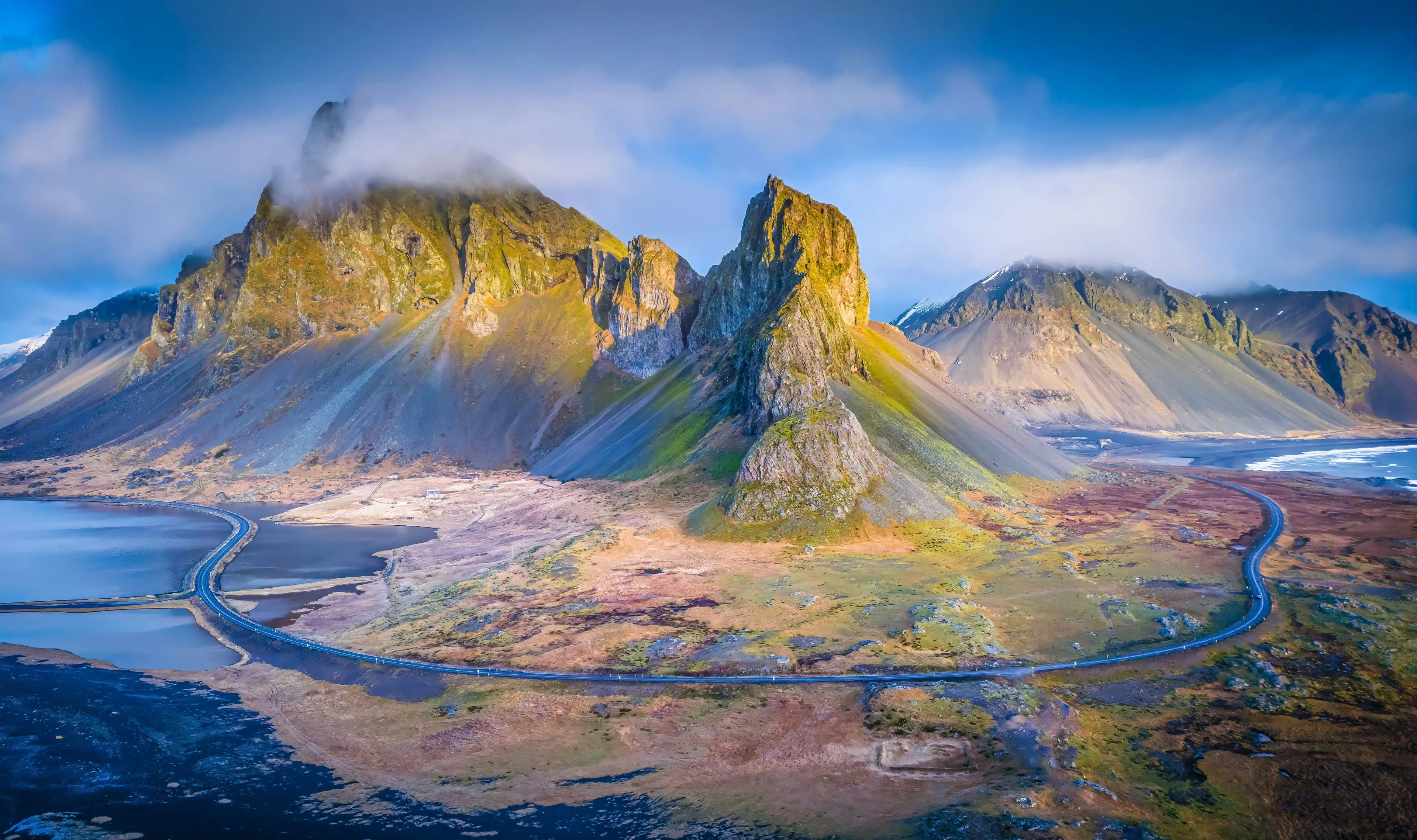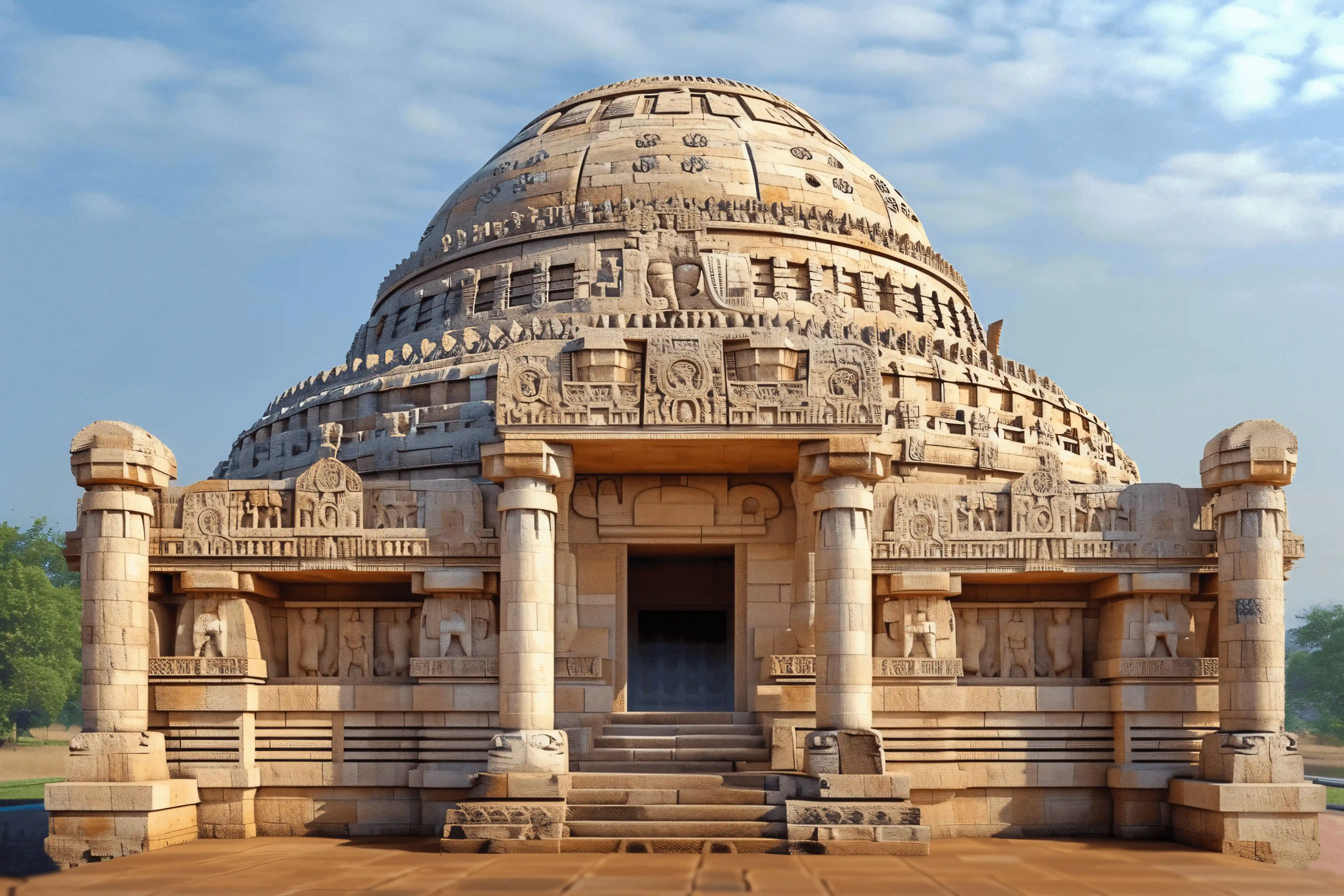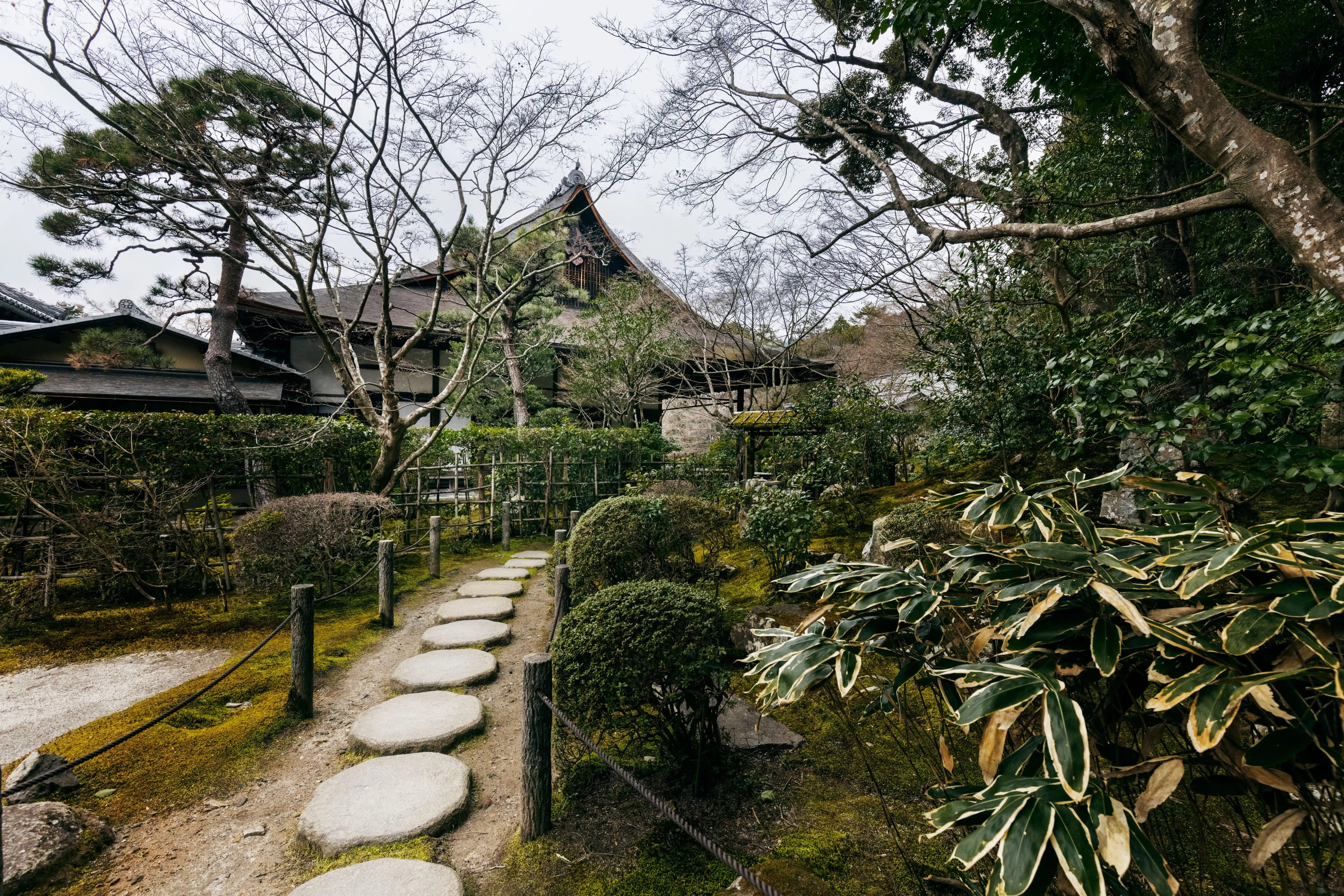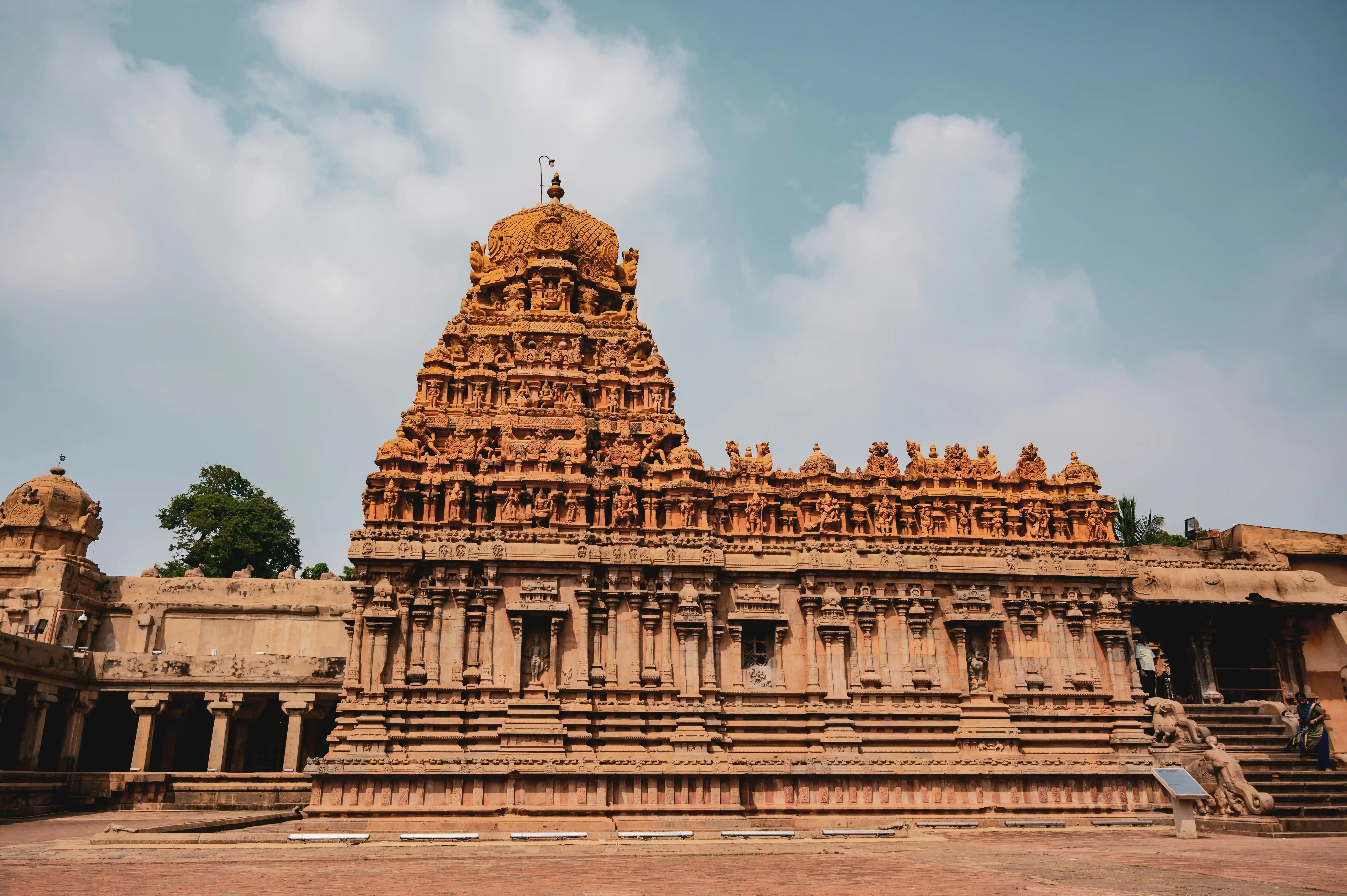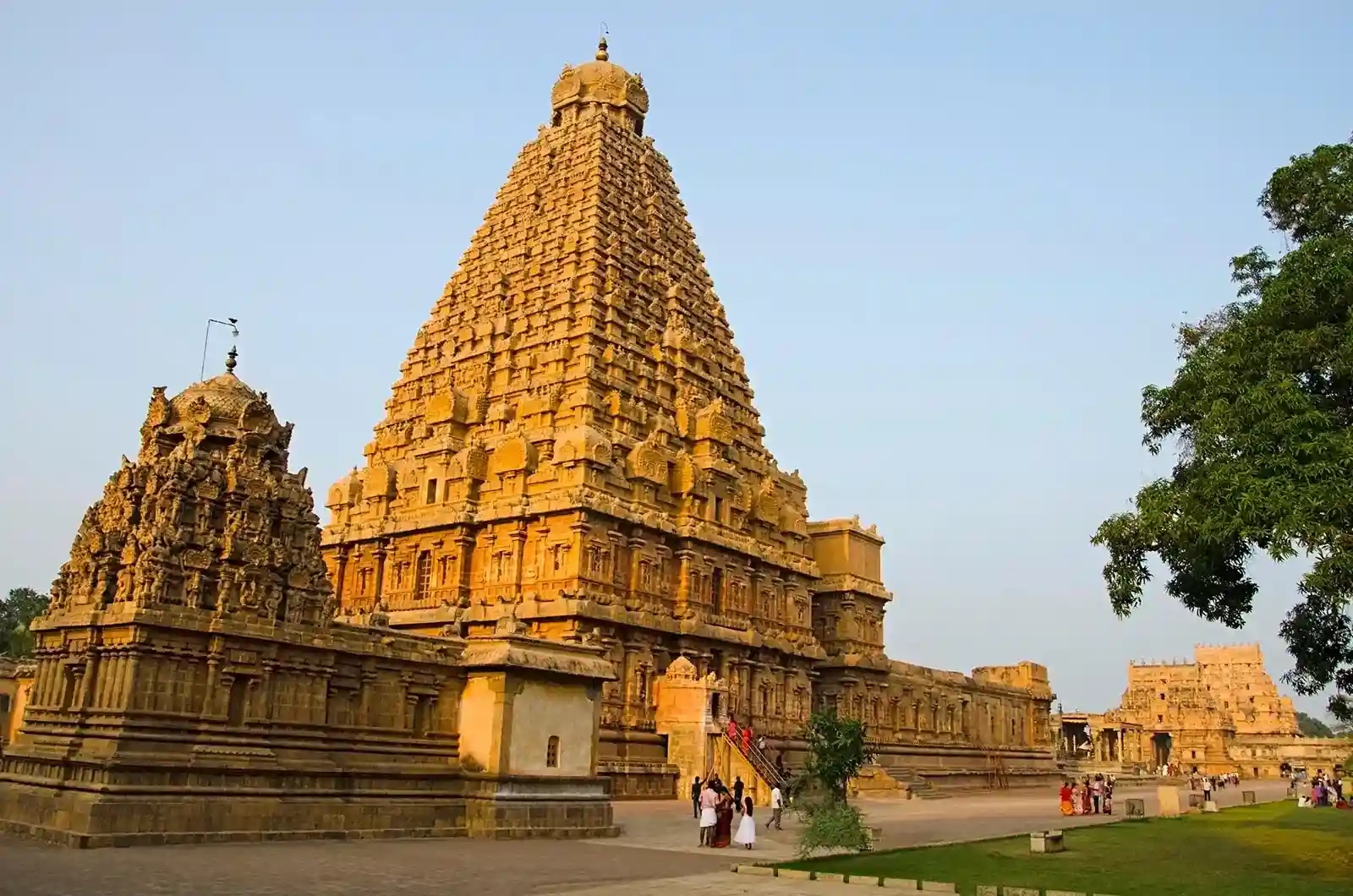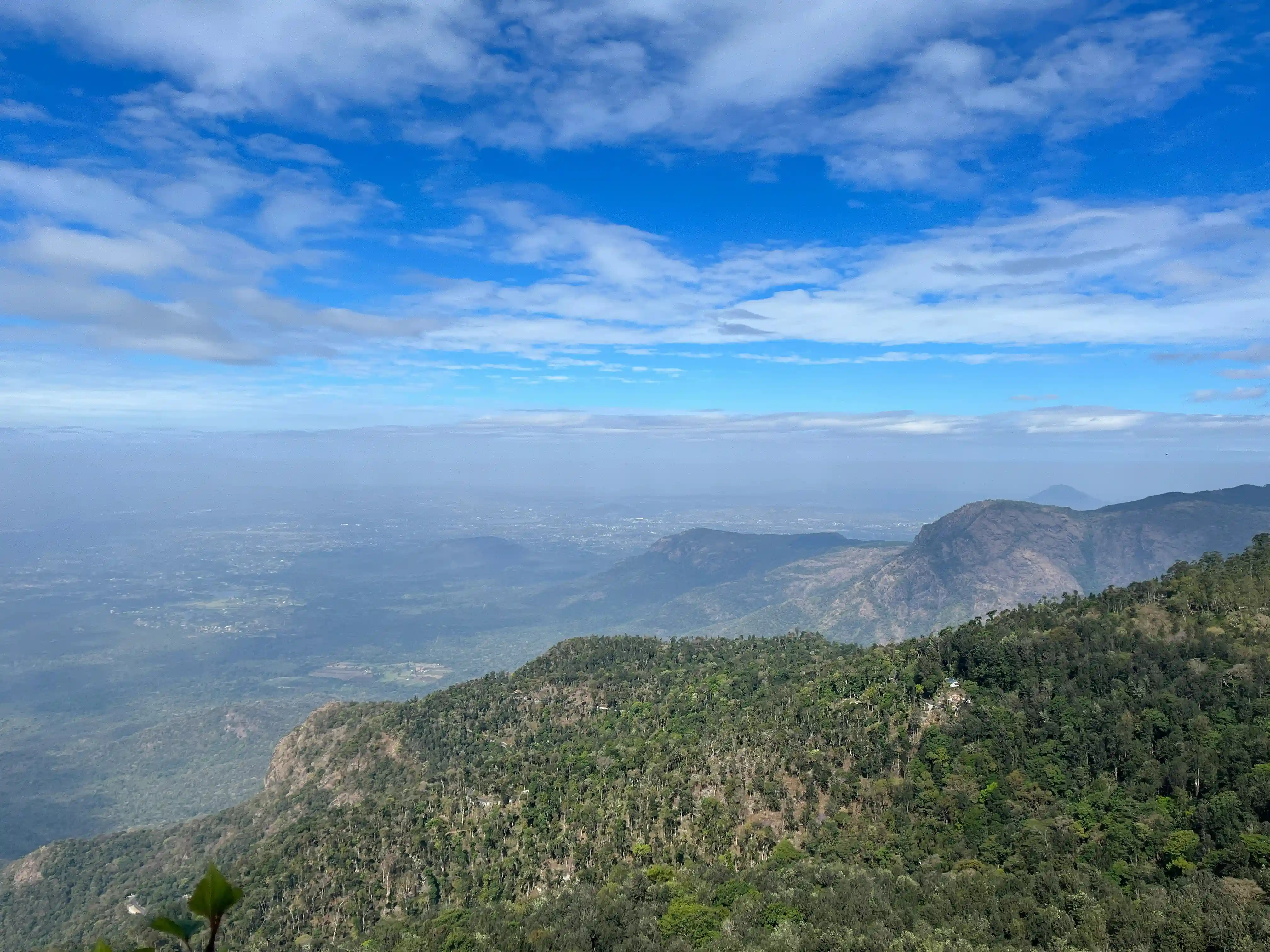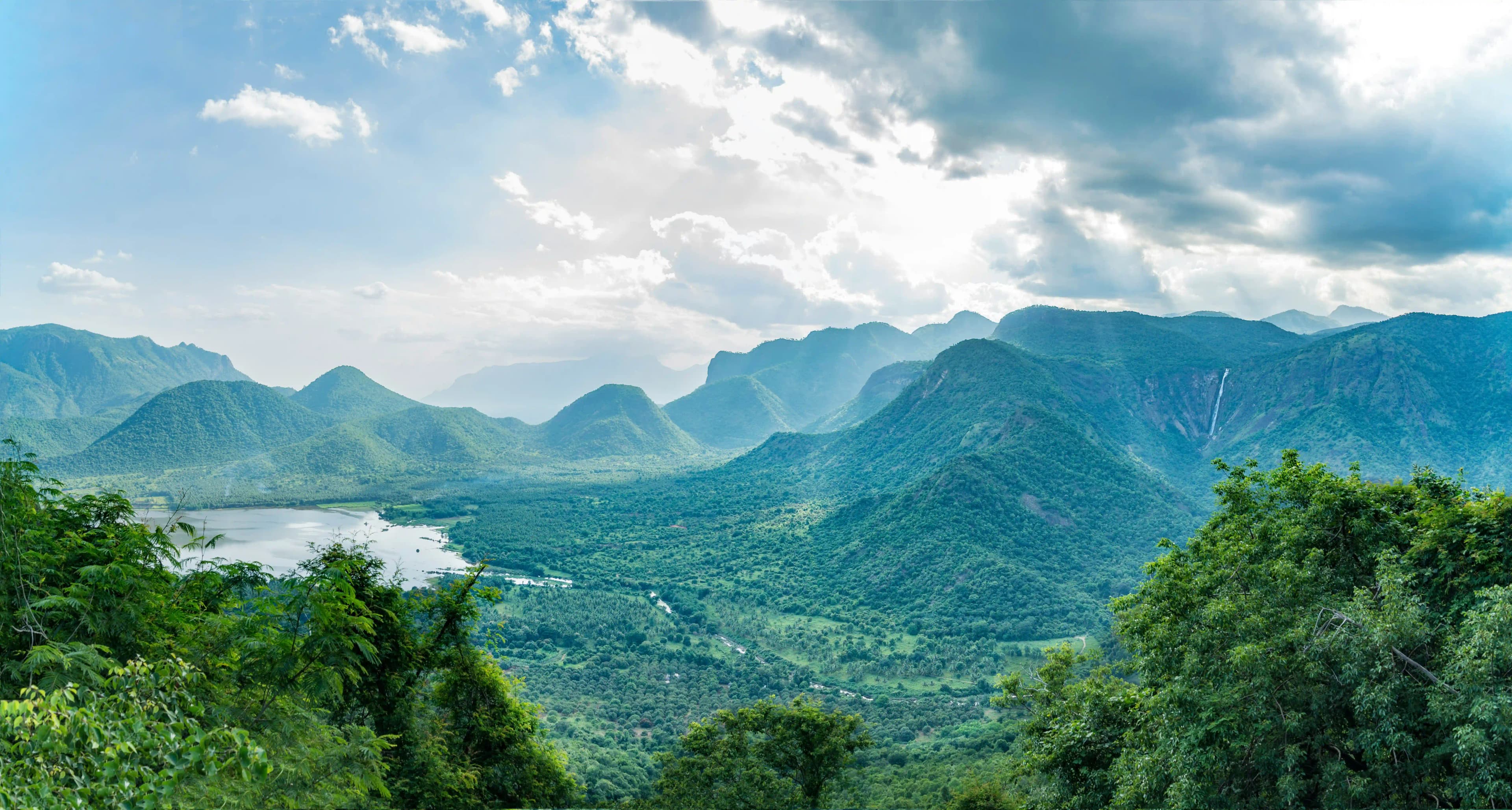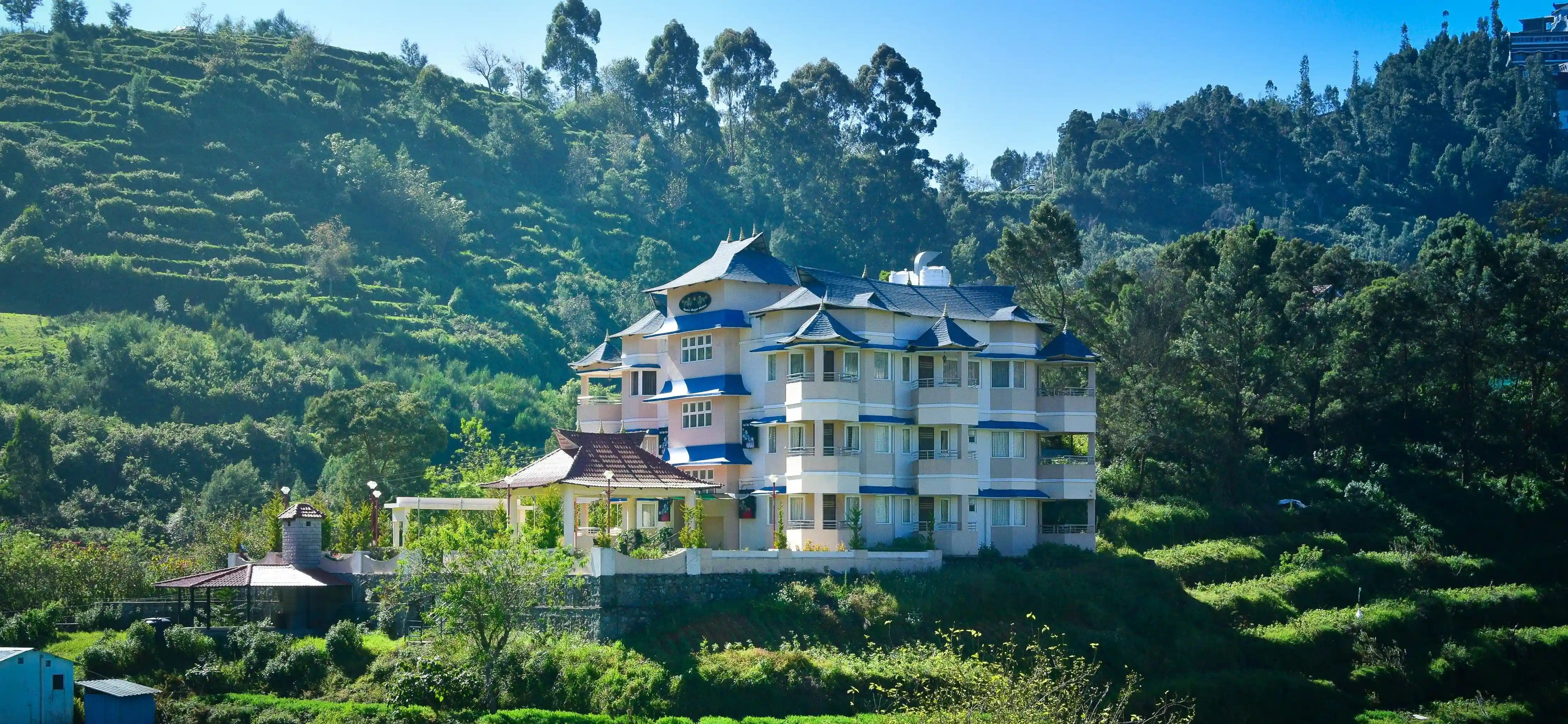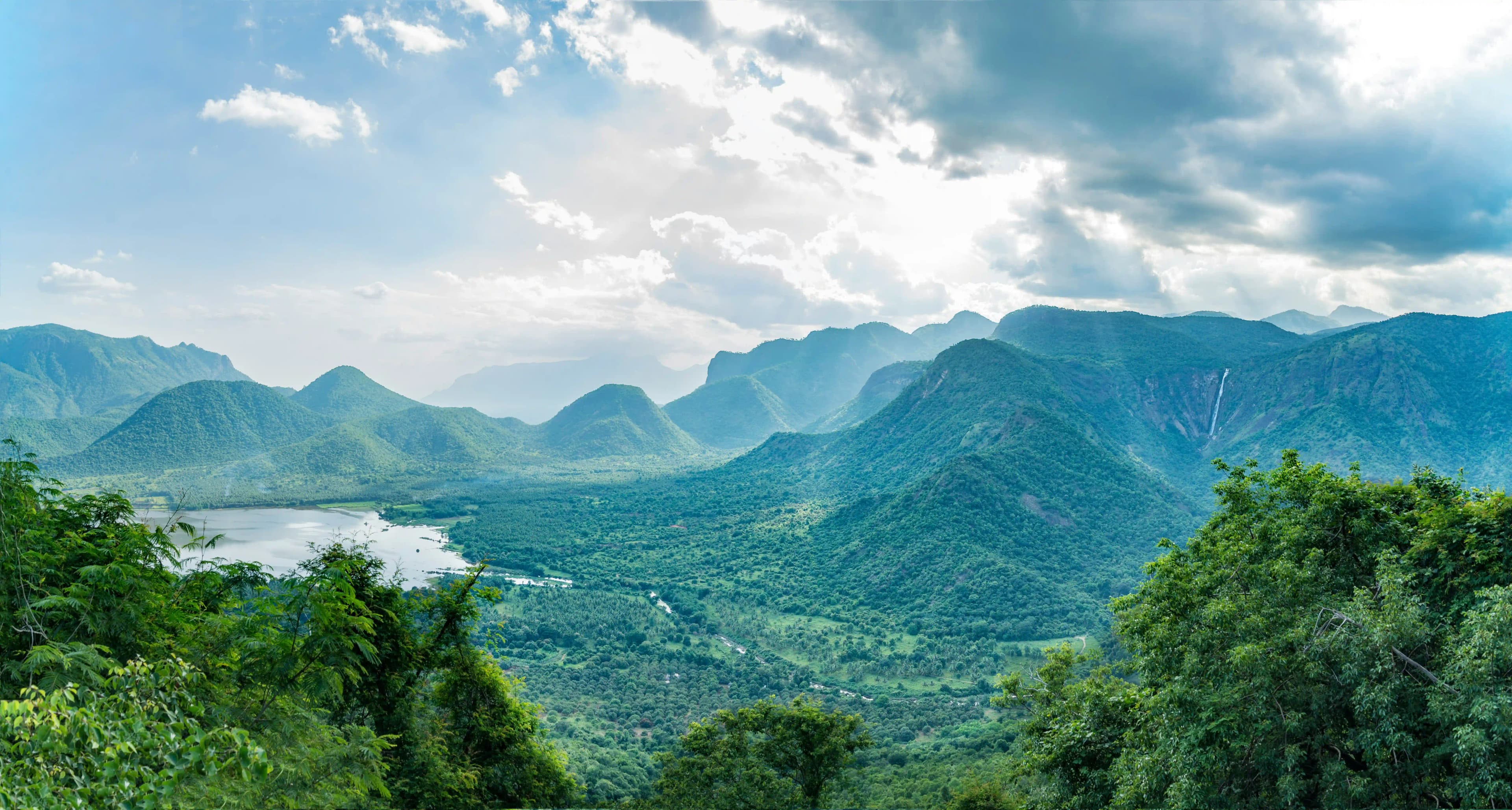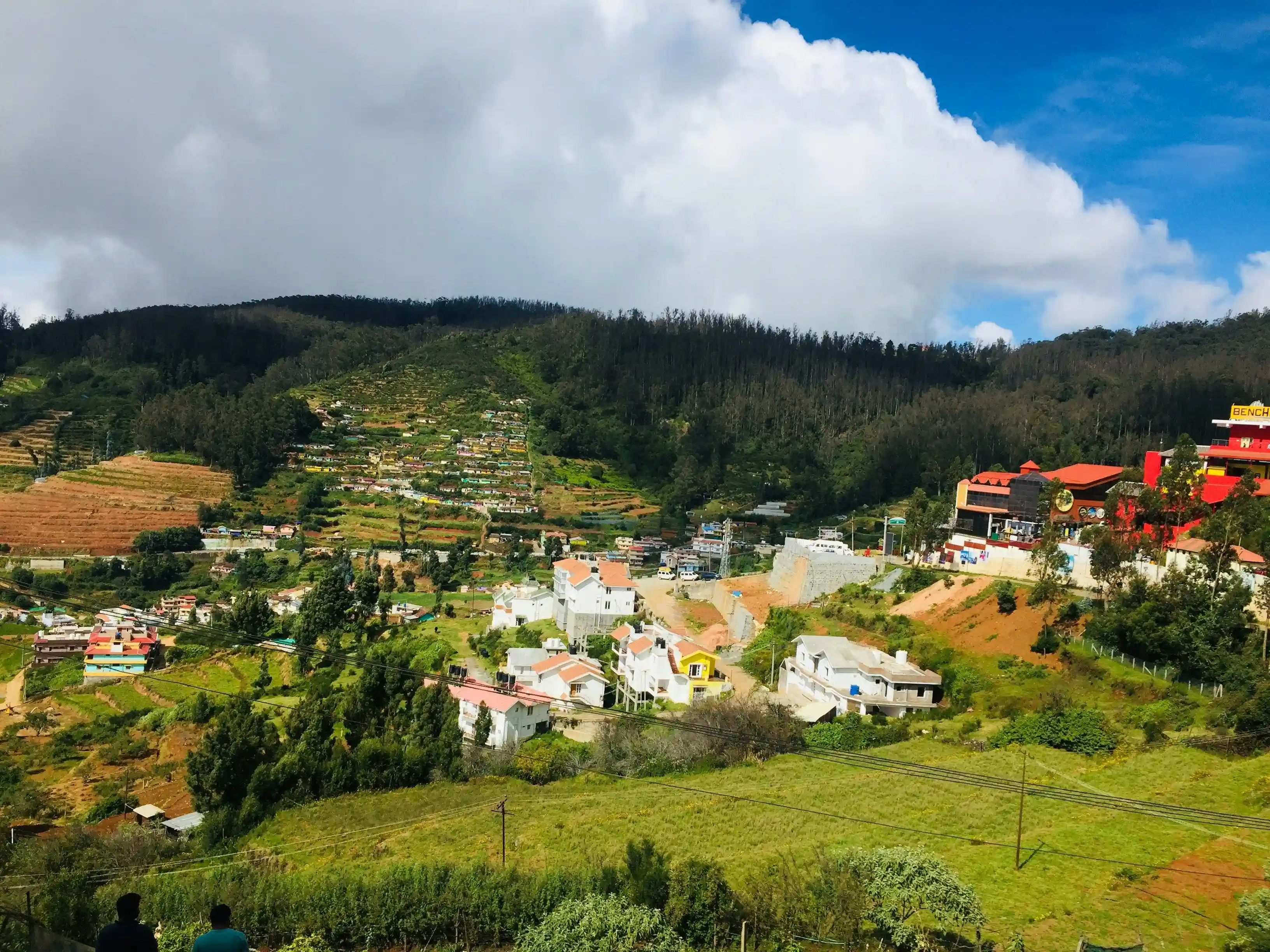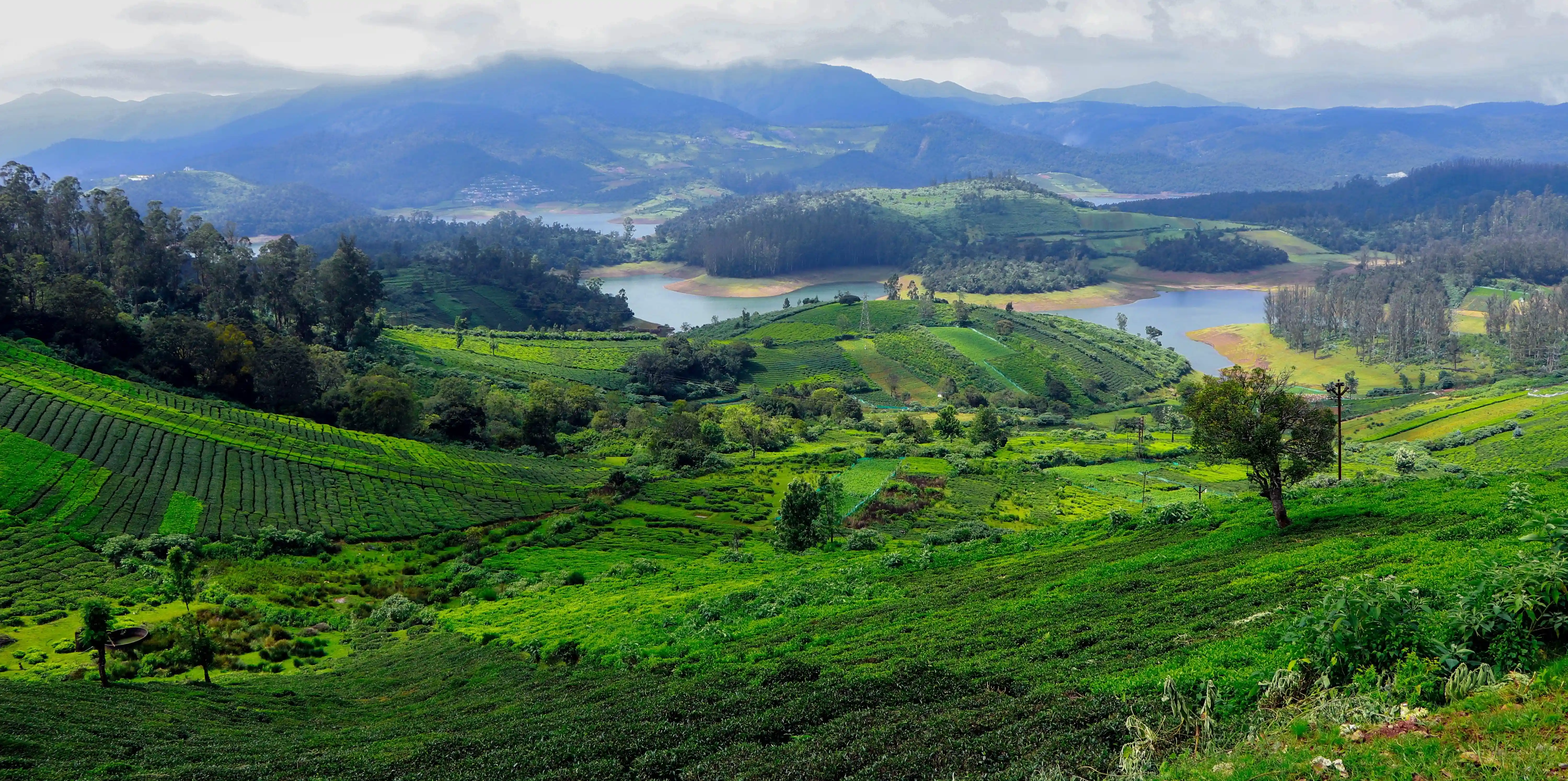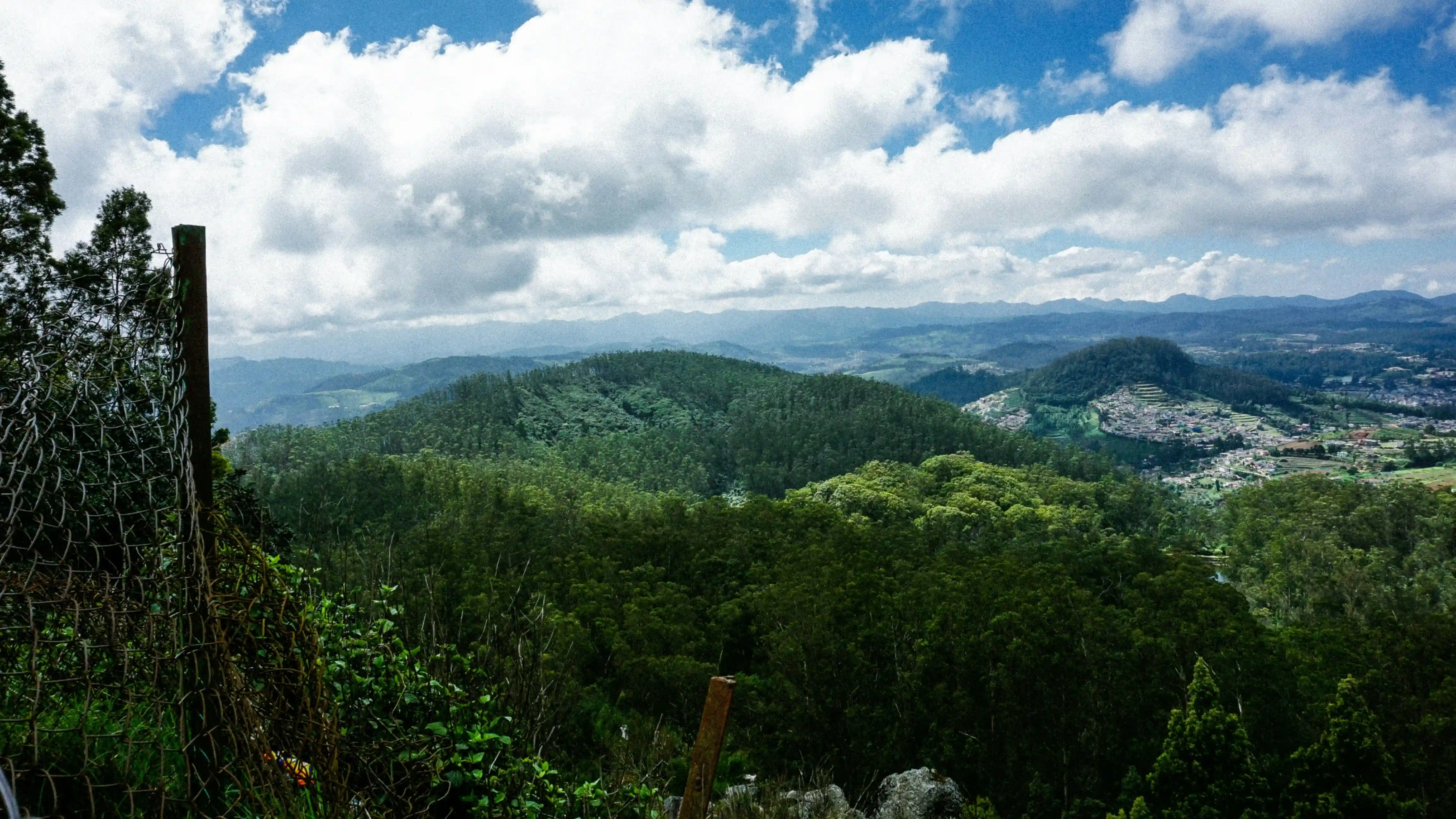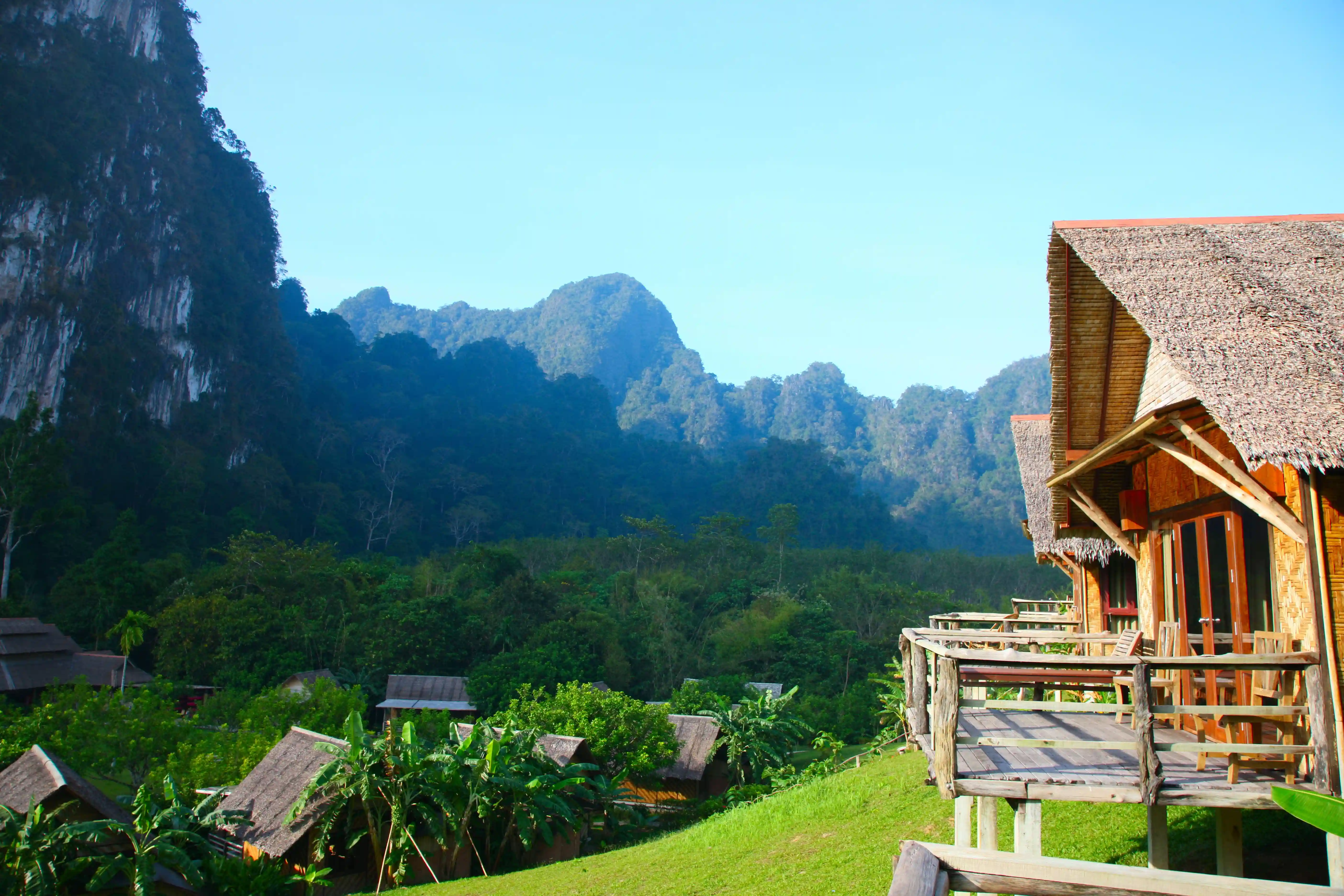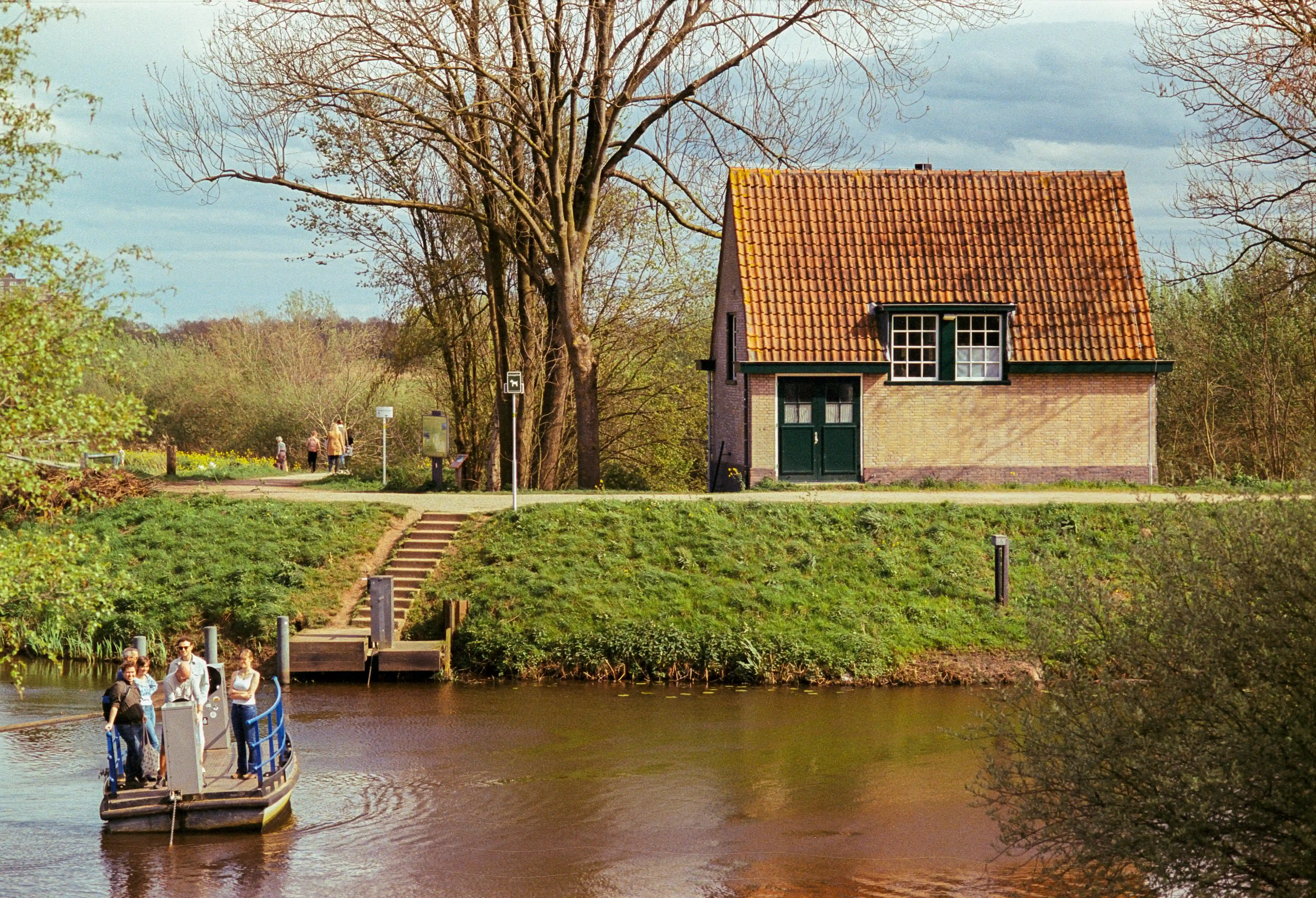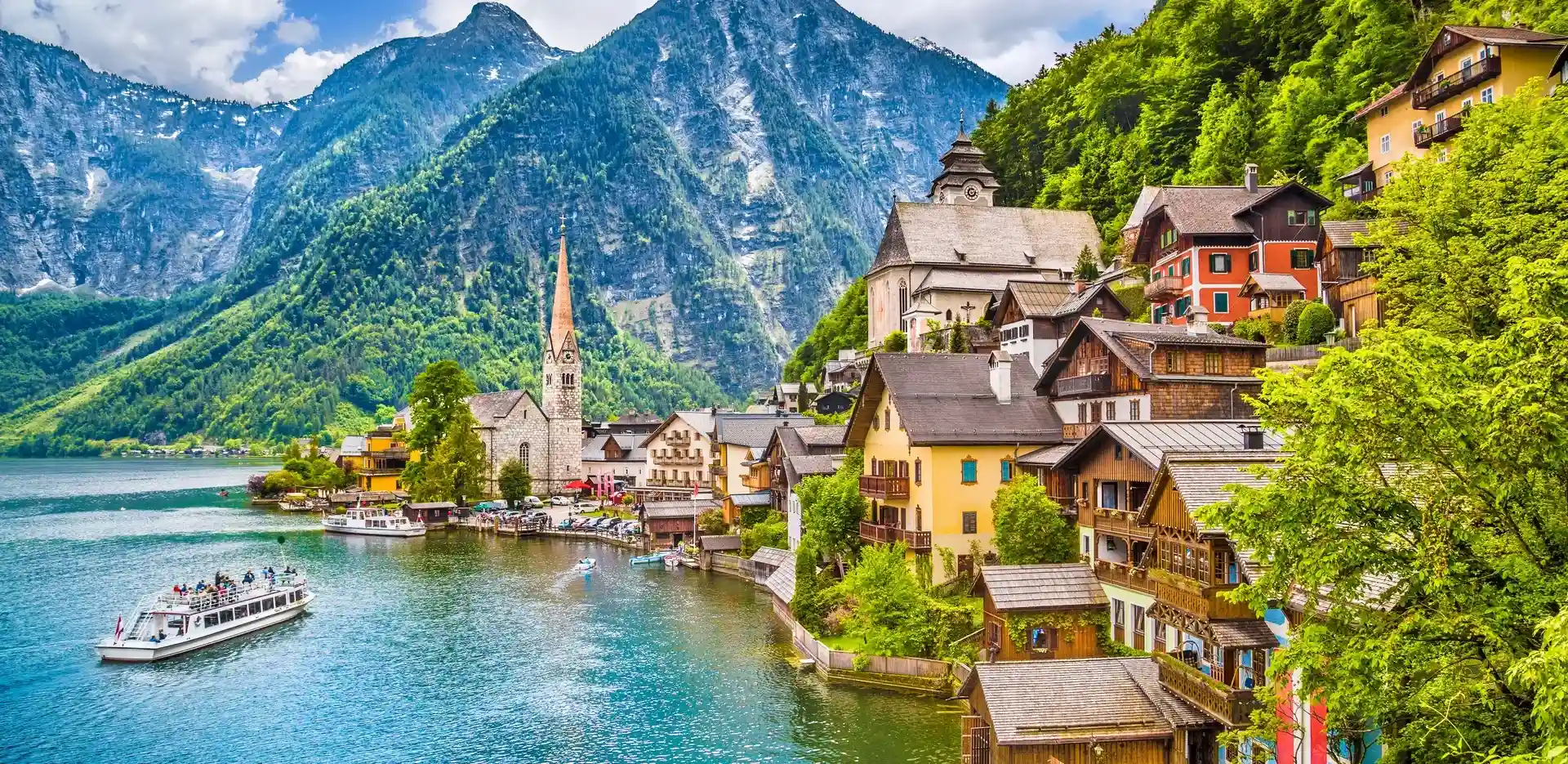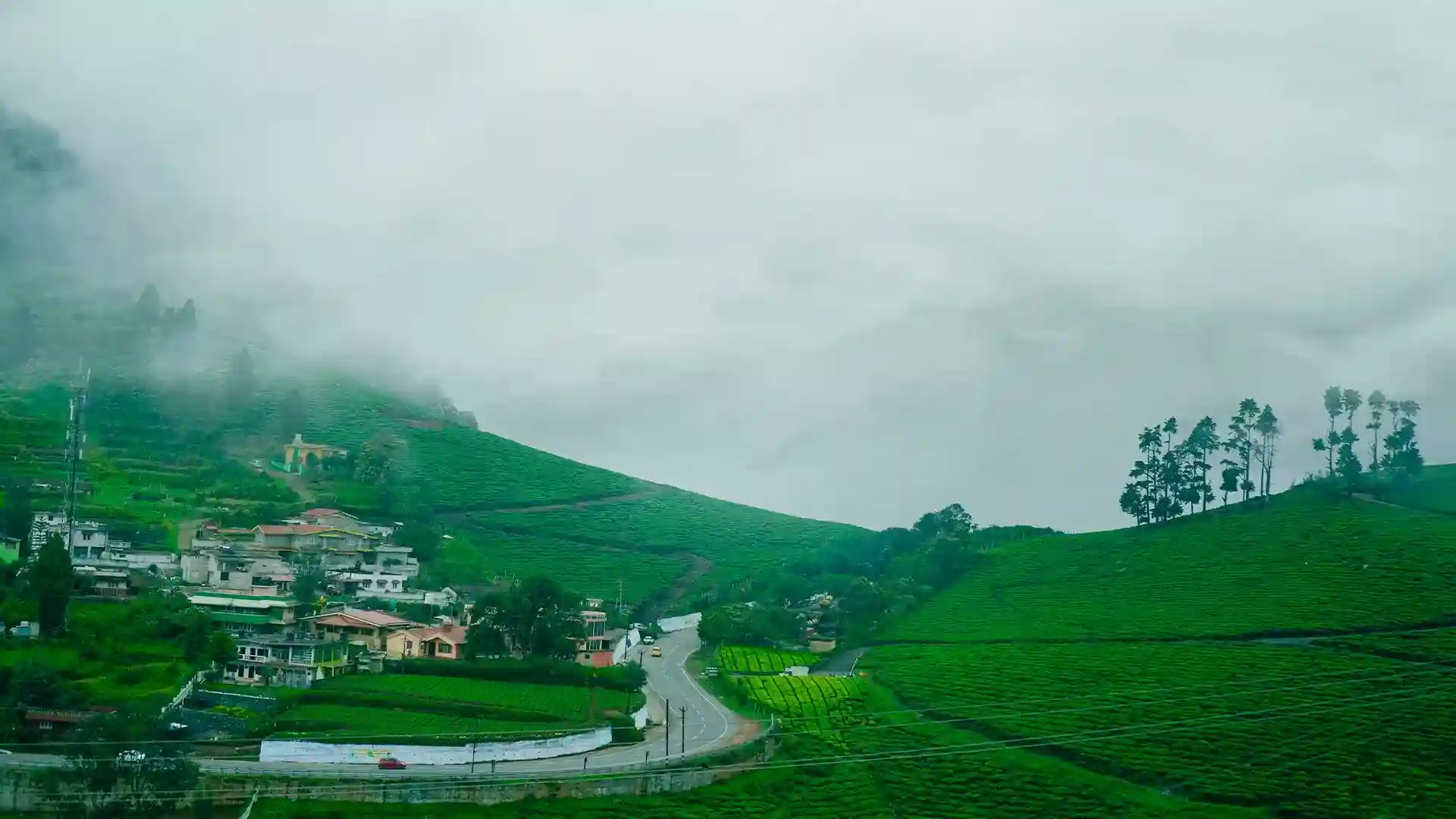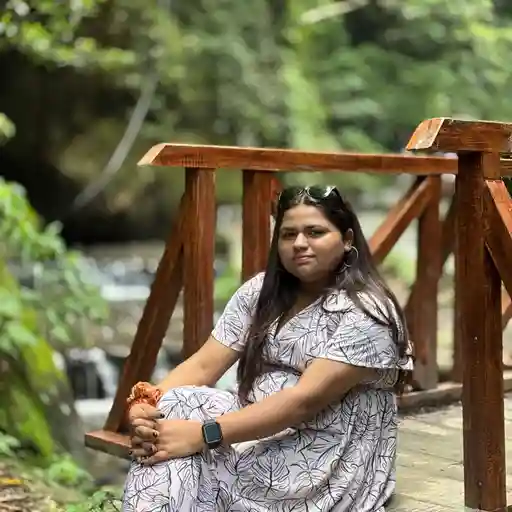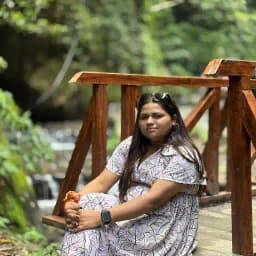Kanyakumari, the meeting place of three gorgeous oceans and India's southernmost tip, is a location rich in natural beauty, spirituality, history, and lively culture. Kanyakumari is famous for its breathtaking sunsets and sunrises, where sunlight paints the sky with fascinating colors and the waves sing the coast. But, when is the best time to visit Kanyakumari? In the following article, we'll look at the seasons, each of which adds to Kanyakumari's appeal, and help you determine the best time to visit. So let's get started!
Seasonal Overview of Kanyakumari
- Winter (October to February)
- Summer (March to May)
- Monsoon (June to September)
Winter World (October–February): The Best Season
Winter is unquestionably the best season to visit Kanyakumari. With temperatures ranging from 20°C to 30°C (68°F to 86°F), winter is the best time to explore the outdoors, relax by the beach, and immerse yourself in Kanyakumari's numerous attractions.
Why Should You Visit During the Winter?
1. Pleasant weather for exploring
Winter is the best time to visit Kanyakumari's attractions without the scorching summer sun or heavy monsoon storms. The weather is perfect for walking tours, picnics, and beach hopping, from the majestic Vivekananda Rock Memorial to the tranquil sands of Sanguthurai Beach.
2. Perfect time for pilgrimages and festivals
Winter is a great season to visit temples such as the Kanyakumari Amman Temple and the Suchindram Temple. Moreover, winter brings exciting local festivities, such as the Cape Festival in October, which celebrates Kanyakumari culture via dance, music, and a huge procession.
3. Catch the otherworldly sunrise and sunset
Kanyakumari is noted for its stunning sunsets and sunrises, which are especially brilliant in the winter due to crisp skies. The town's uncommon location allows you to watch both dawn and sunset over the water, which is an extremely rare occurrence. The Vivekananda Rock Memorial and the Thiruvalluvar Statue offer the greatest views.
Things to Do in Kanyakumari during Winter
- Explore the Vivekananda Rock Memorial and Thiruvalluvar Statue, a historic and architectural marvel dedicated to Swami Vivekananda and poet-saint Thiruvalluvar, via ferry journey.
- Sunrise and Sunset Points - Begin your day at Sunrise Point and end it with a peaceful view of the sea.
- Winter is perfect for exploring neighborhood markets and enjoying great South Indian food. Try the popular seafood meals and authentic Tamil Nadu delicacies.
Winter Travel Tips:
- Pack a light sweater for chilly evenings on the beach.
- Book your accommodations early, especially for the Cape Festival in October.
- Do not forget your camera! This season's sunrises and sunsets are extremely picturesque.
Summer Fun (March-May): A Sunny Affair
The temperature at Kanyakumari during the summer season fluctuates between 25°C and 35°C (77°F to 95°F), making it a welcoming time to visit. Although the heat might be harsh, if you're a sun lover, summer has its advantages, particularly with calmer tourist destinations and tranquil beaches.
Why Should You Visit During the summer?
1. Fewer crowds, more space
With fewer people, you may explore Kanyakumari's iconic sights at your own speed. Imagine walking slowly along the seashore or enjoying unobstructed views from the Vivekananda Rock Memorial.
2. Beaches and Water Activities
Summer is a preferred season for beachgoers to soak up the sun and swim in the water. Popular beaches like Sanguthurai Beach and Kanyakumari Beach provide relaxed moods, ideal for sunbathing, swimming, or lazing on the water banks
3. A quieter spiritual experience
With fewer pilgrims, summer is an ideal season to explore temples such as the Kanyakumari Amman Temple. You may spend your time examining the exquisite architecture and tales of these holy locations.
Things to Do in Kanyakumari during Summer
- Kanyakumari and Sanguthurai beaches are ideal for sunbathing and relaxing. Make sure you have sunscreen and a hat on hand for sun protection.
- Summer is a more peaceful time to visit temples due to fewer tourists. Spend time studying the architecture and legend of each temple, such as the Suchindram Temple and the Gandhi Mandapam.
- Summer skies are typically clear, ideal for photographing vivid lakes and temple architecture.
Summer Travel Tips:
- Pack lightweight, breathable clothes to keep cool.
- Stay hydrated as temperatures might rise, particularly during the daytime.
- To escape the heat of the day, plan outside activities for early morning or late evening.
Monsoon Magic (June-September): The Misty Romance
While Kanyakumari receives severe rains during the monsoon season, this is the best time for those who want a little adventure and don't mind an occasional downpour. The rain brings lush flora, a refreshing mood, and the appeal of seeing raindrops merge with ocean waves. Temperatures can range from 22°C to 28°C (71.6°F to 82.4°F), providing a refreshing touch to the atmosphere.
Why Should You Visit During the Monsoon?
1. Lush landscapes and waterfalls
The monsoon season transforms Kanyakumari into a lush green wonderland complete with waterfalls. Visit Thirparappu Falls, which are especially spectacular during the wet season.
2. The Rain-Kissed Oceans
The monsoon season adds a dramatic feel to the ocean, with waves breaking against the rocks. You can rest on the beach or at Sunset Point and watch nature's power unfold in all its grandeur.
3. Quieter and more affordable
Monsoon season is off-peak, which means you can get amazing prices on accommodations and enjoy some monuments nearby. You'll also get to see a rare and lovely aspect of Kanyakumari that most summer and winter tourists miss.
Things to Do in Kanyakumari during Monsoon
- Visit Thirparappu Falls, a beautiful 50-foot waterfall surrounded by gorgeous scenery, especially during the monsoon season.
- Monsoon sunsets are a rare yet breathtaking sight. The clouds, rain, and sun occasionally form rainbow-like hues over the water.
- On rainy days, visit indoor sites like the Government Museum or Baywatch Aquarium to learn about the region's history via antiques and aquatic displays.
Month-by-Month Breakdown: The Best Time to Visit Kanyakumari
- October to November: From October to November, the temperature cools down after the monsoon, making it ideal for tourism, cultural events, and beach activities.
- December to February: December to February is peak tourist season, with ideal weather for all types of outdoor activities and water sports.
- March to May: Ideal for those wanting calmer beaches and bright days, with early mornings and evenings perfect for exploring.
- June to September: From June to September, adventurers may enjoy lush scenery, rushing waterfalls, and a refreshing rainy atmosphere.
Monsoon Travel Tips:
- Carry waterproof gear, such as a raincoat. or an umbrella.
- Wear durable shoes since some sections might become slippery.
- Plan indoor activities in case of severe rain.
Conclusion
So, when's the best time to visit Kanyakumari? If you enjoy beach vibes, winter provides ideal conditions for both leisure and adventure. Summer is the best time to visit Kanyakumari since it is less crowded. And if you enjoy beautiful scenery and thunderstorms over the ocean, visit Kanyakumari during the monsoon season to witness its dramatic side.
Kanyakumari provides a one-of-a-kind experience all year, whether it's the clear sky of winter, the golden beaches of summer, or the rain-kissed coasts of monsoon. Grab your bags, mark your calendar, and prepare to visit a town where three oceans meet, stories unfold, and sunrises and sunsets take center stage every day.
Frequently Asked Questions (FAQs)
1. What is the best time of year to visit Kanyakumari?
Kanyakumari is best visited during the winter season, which runs from October to February. This time of year has nice weather, which makes it great for sight-seeing, beach activities, and visiting cultural institutions.
2. Can I travel to Kanyakumari in the summer?
You can come throughout the summer (March to May), but expect humid and hot conditions with temperatures as high as 35°C (95°F). It's a calmer period with fewer visitors, which is ideal for individuals who want to explore without crowds.
3. What months are great for watching sunrises and sunsets in Kanyakumari?
Because winter skies are generally bright, the months of December through February are great for capturing brilliant, crisp sunrises and sunset. Sunrise and Sunset Point have the greatest views.
4. Is Kanyakumari overcrowded during the winter?
B.ecause winter is the peak tourist season, popular attractions such as the Vivekananda Rock Memorial can get overcrowded. Visit early in the morning or on weekdays to avoid peak crowds.
5. Is monsoon season the right time to visit Kanyakumari?
The monsoon season (June to September) can be an excellent time if you appreciate lush surroundings and the stunning monsoon sky. However, excessive rains might limit outdoor activities, thus it is best suited for those who don't mind a little rain.
6. How many days are enough to explore Kanyakumari?
A maximum of three days is usually enough time to visit the main sites, such as the beaches, temples, and sunset locations. Longer stays allow for more leisurely beach activities and neighboring excursions.
